Transylvania
Everybody knows about Transylvania. It’s the scary, spooky and mysterious place where Dracula lived. And if you’re my vintage you probably saw Dracula movies in the cinema which scared the living daylights out of you. Dracula was not to be messed with, especially if you had a nice neck. But Julie and I are brave travellers and we drove into the deepest and darkest corners of Transylvania trying to learn more about the truth and myth of this frightening character.
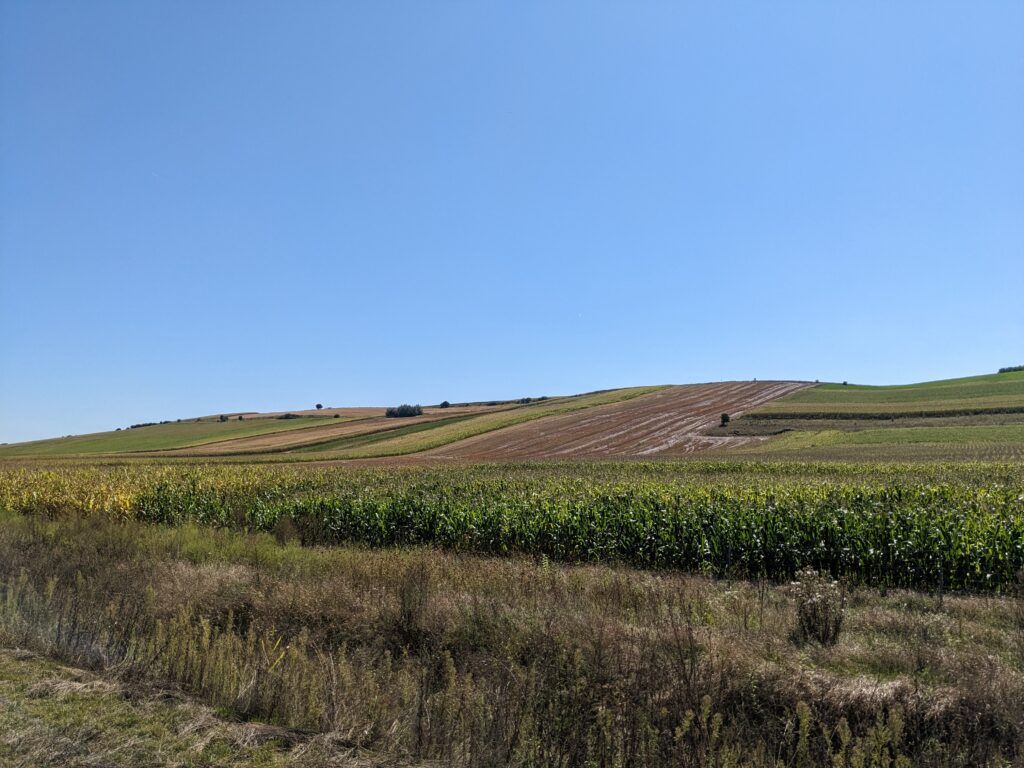
Transylvania is actually a large region running across central Romania which features the Carpathian Mountains and many waterways, traditional villages, unique attractions, fortresses, castles, just about everything you might want. And of course it also has the famous – if not quite historically accurate – Dracula’s Castle.
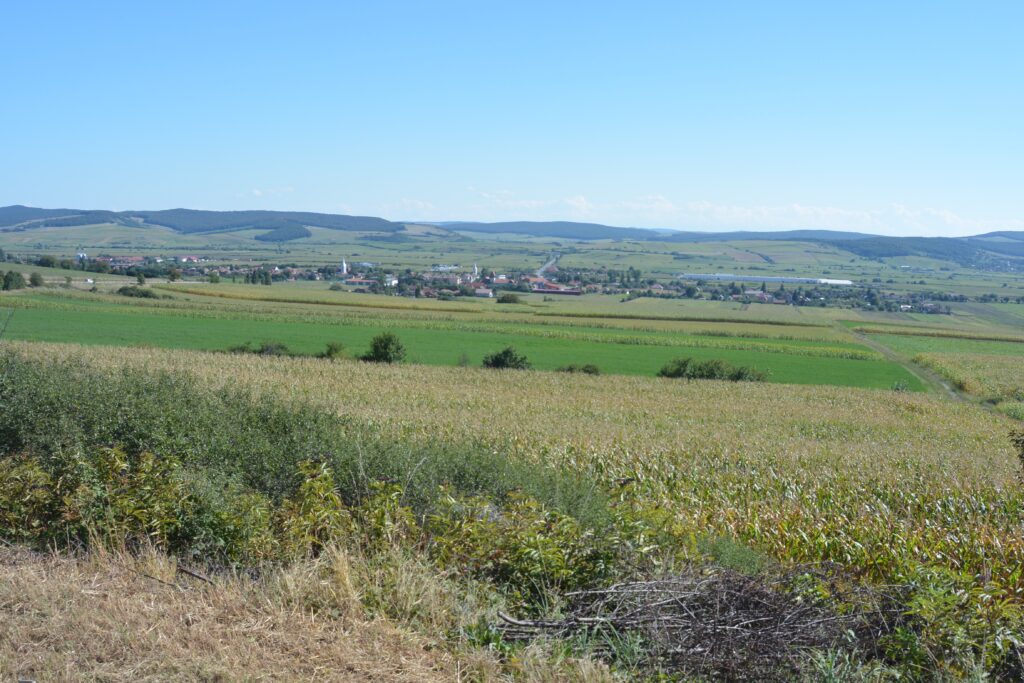
But Transylvania also features vast rolling hills of corn, sunflowers and hay, farmers working their beautiful land, communities with huge grain silos, churches with their Eastern Orthodox spires and a friendly wave to passersby like us. So far Transylvania didn’t seem spooky or scary at all.
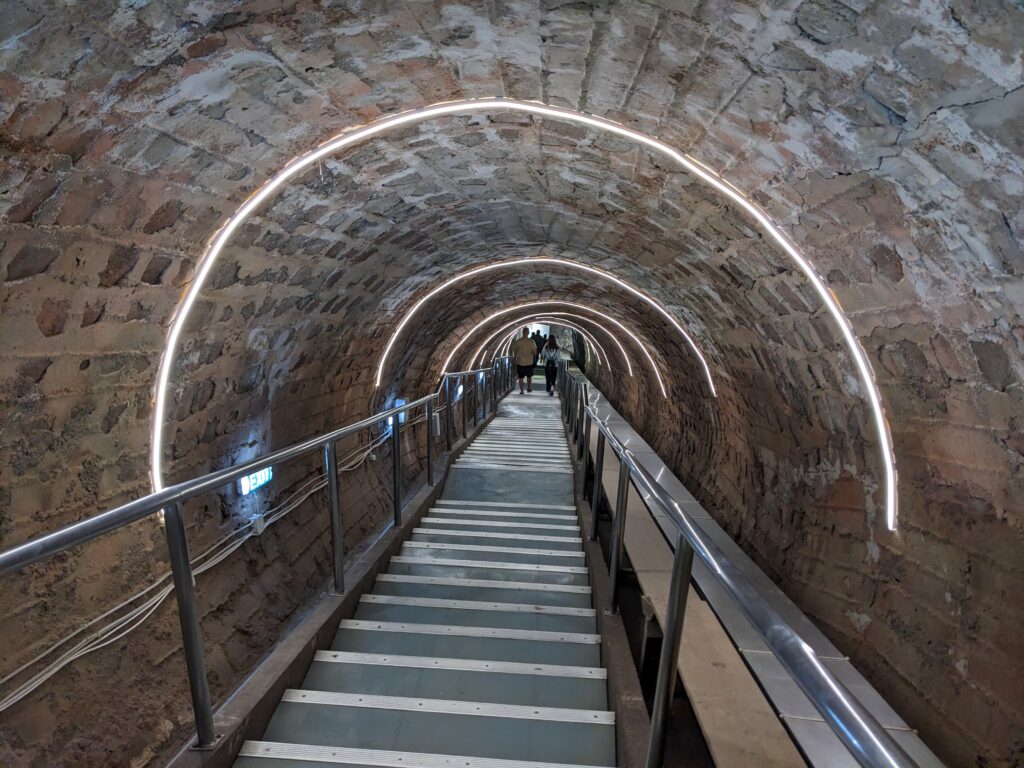
We arrived at the awkwardly-named town of Turda to visit what was described on their website as “one of the great tourist attractions in the world”. The Salina Turda, or Turda Salt Mines, began extracting salt from deep underground in the mid 17th century and continued to do so for more than 100 years. In World War II it was used as a bunker to keep people safe and after that they even stored cheese there due to it’s constant low temperatures.
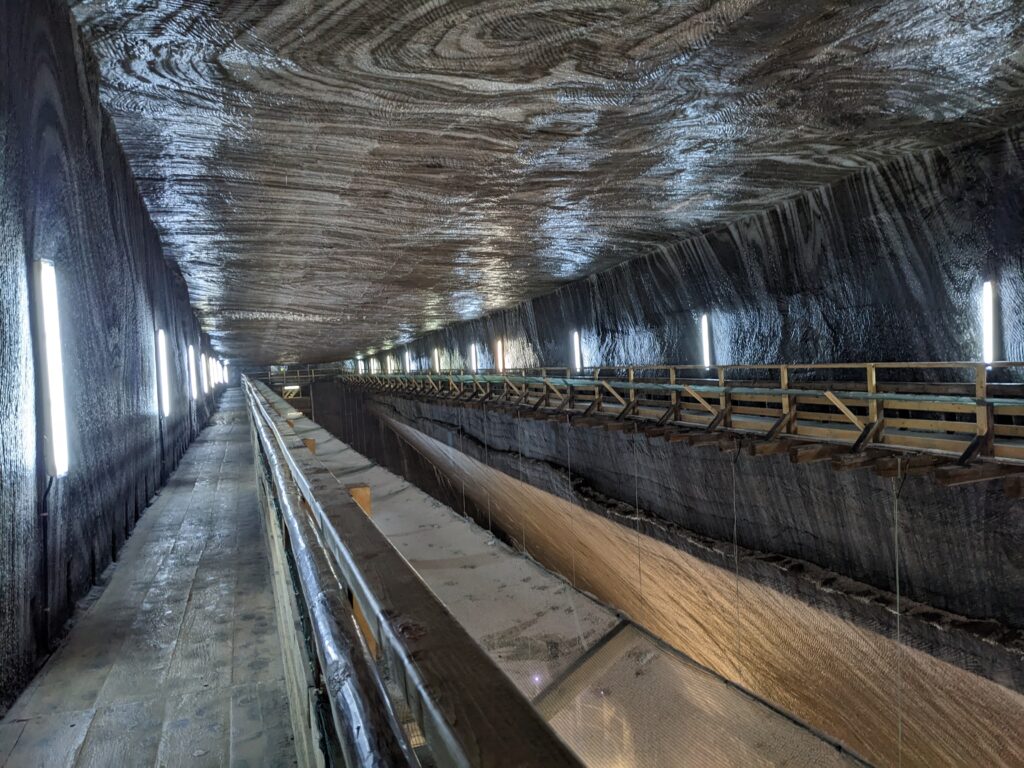
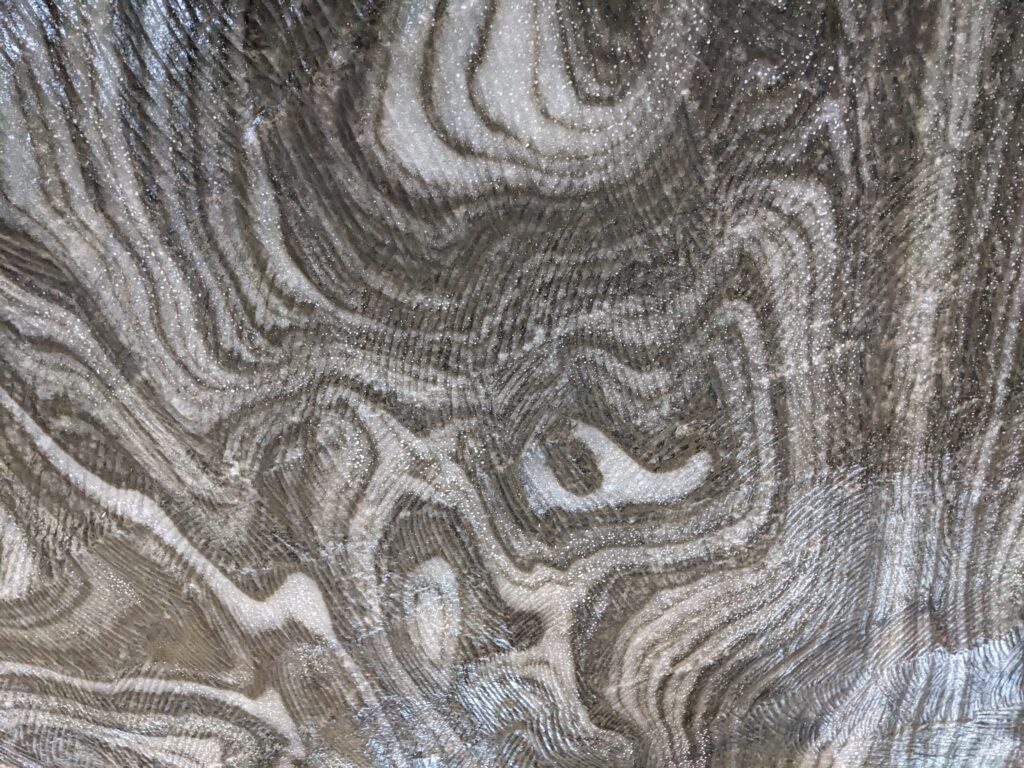
But today it draws tourists who are able to descend into the mines and explore them independently without a tour, guide, maps or very little information. We’ve already seen this elsewhere in Romania – they are very relaxed and low key about their tourist attractions. We like it that way.
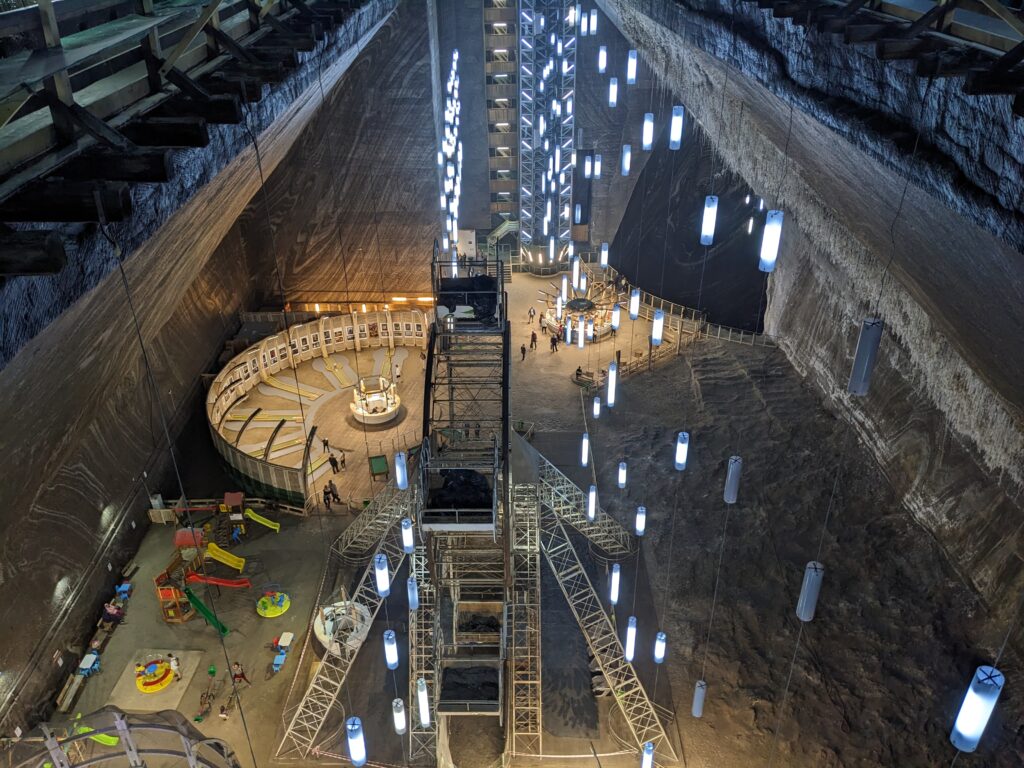
Julie and I spent a couple of hours underground with a very light crowd of other visitors, learning a bit about mining salt underground 300 years ago and marvelling at the size of the operation. Basically they carve out a space the rough shape of a giant bell that goes more than 110 metres (360 feet) underground and link them together and to the surface via a number of long tunnels.
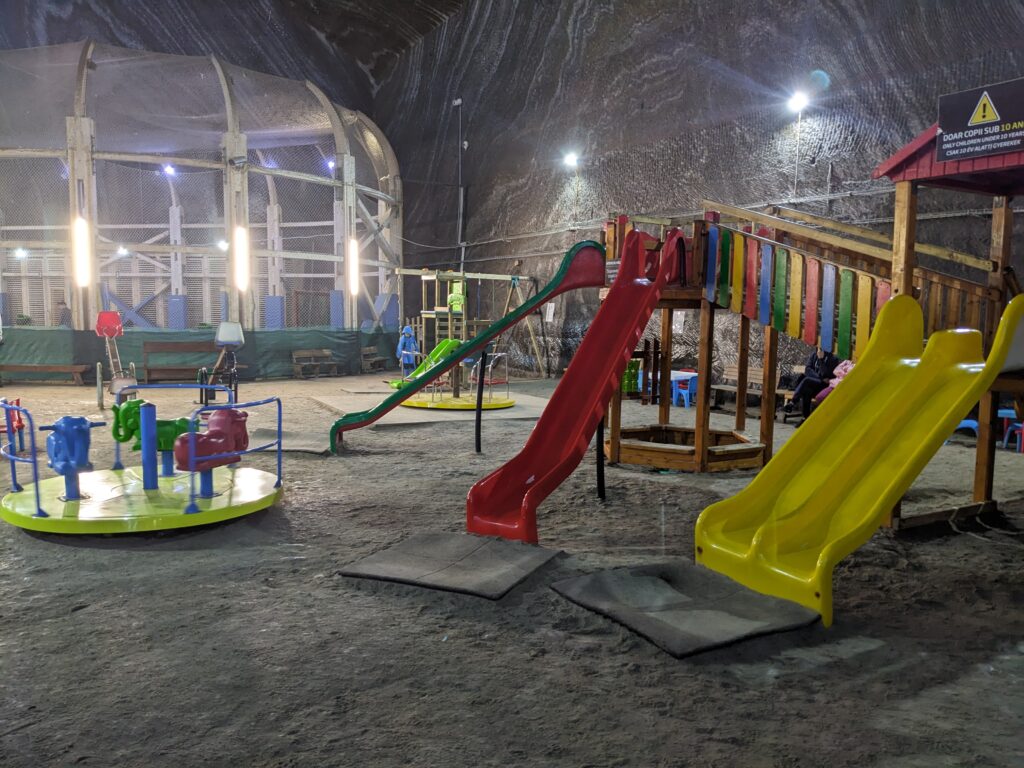
We walked down 13 flights of salt-encrusted stairs to the first level which now featured a ferris wheel, children’s playground, mini golf and table tennis area. We then went down another 13 flights of stairs to the bottom level where people could pay extra to paddle a little row boat on water that had leaked into the mine.
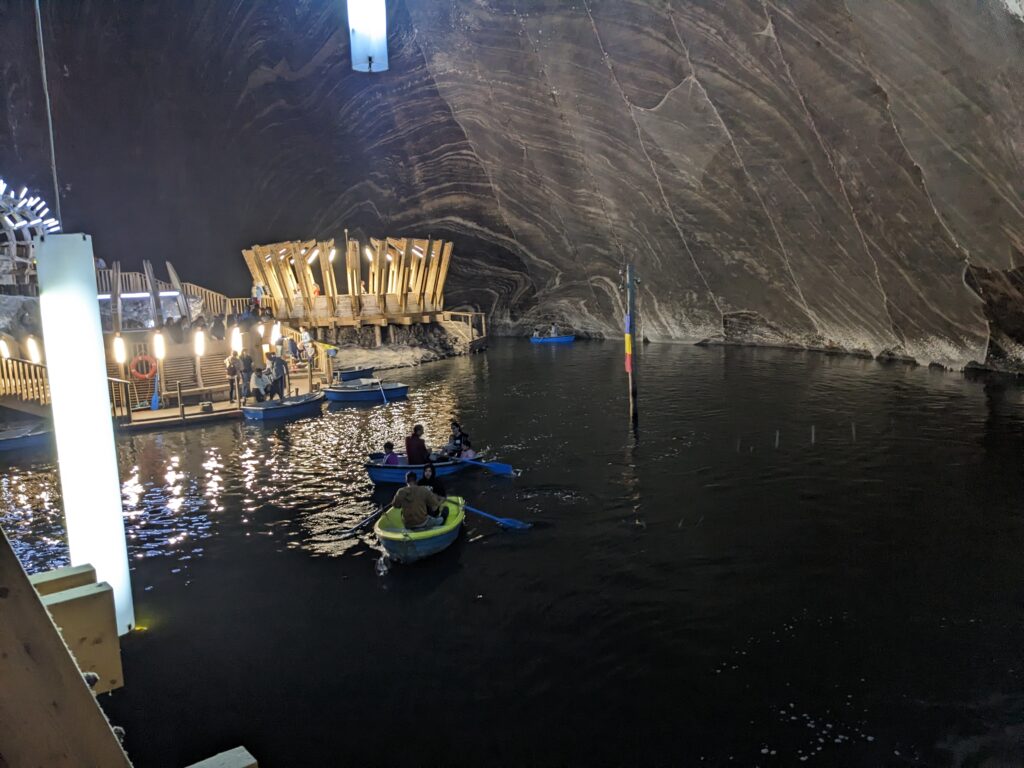
As extraordinary as this was, and totally unexpected, the star of the show was the salt, still coating absolutely everything, forming swirling patterns on the walls of the mine, slippery to walk on, just everywhere. We recalled visiting the salt mines near Krakow Poland a few years ago but this was a completely different and equally impressive experience.
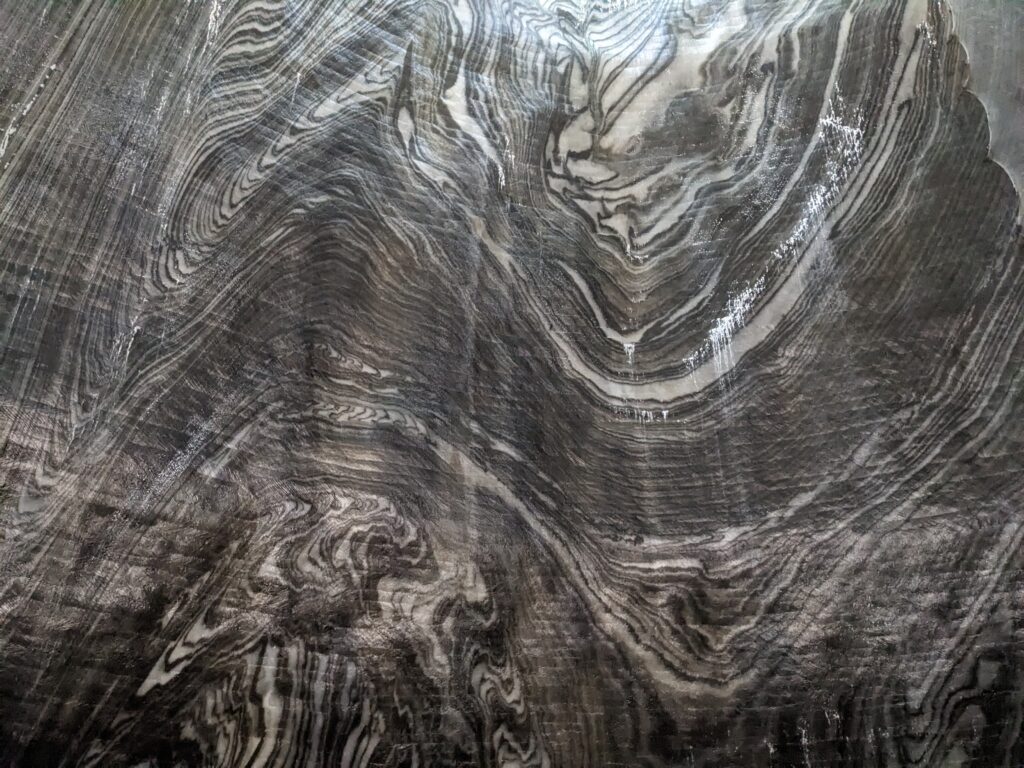
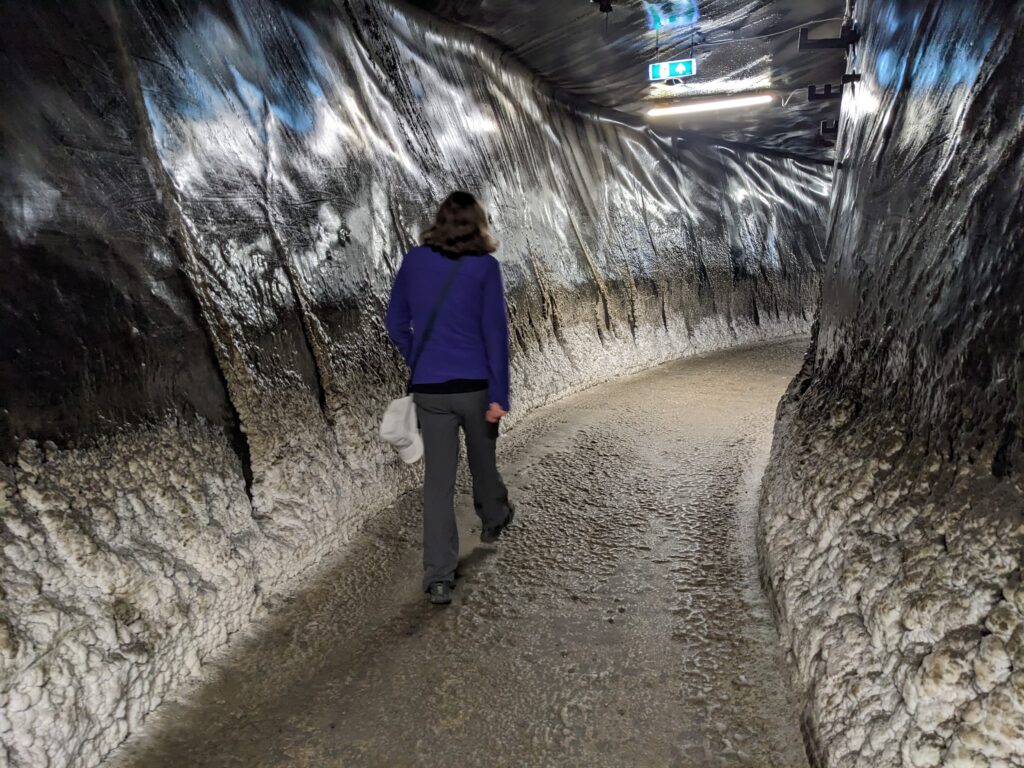
Having used up all our Turda jokes we moved eastward to the town of Targu Mures which had a delightful main square lined with a wide array of architectural styles and colour plus a few handsome churches and two pairs of brides and grooms celebrating their big day.
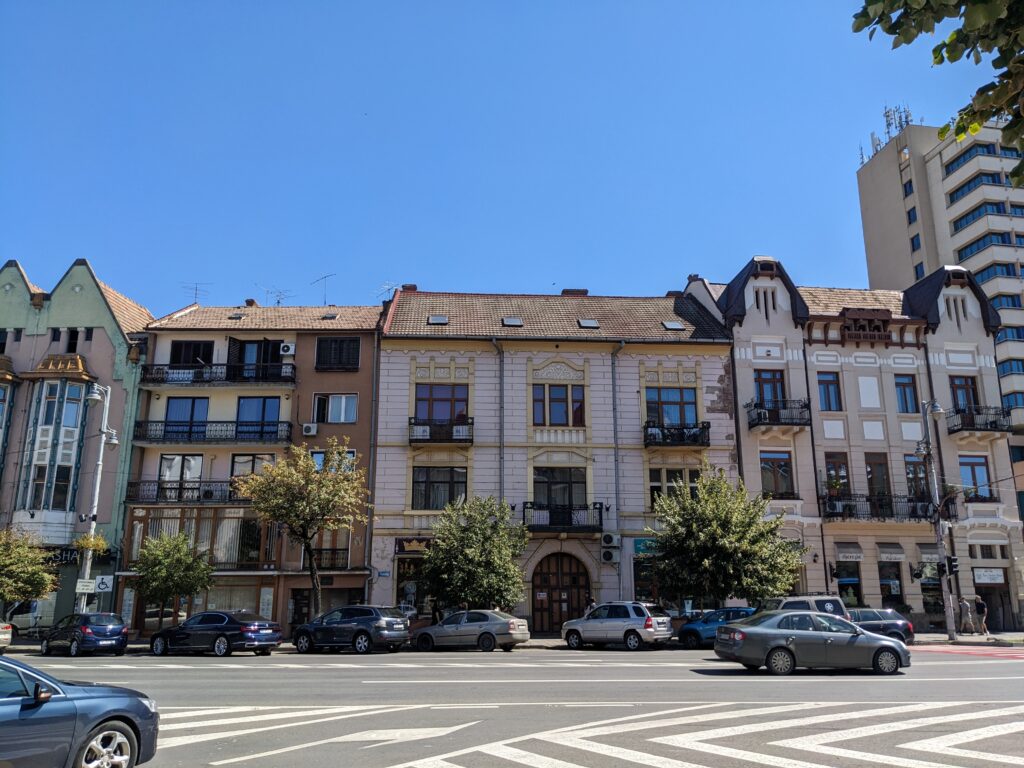
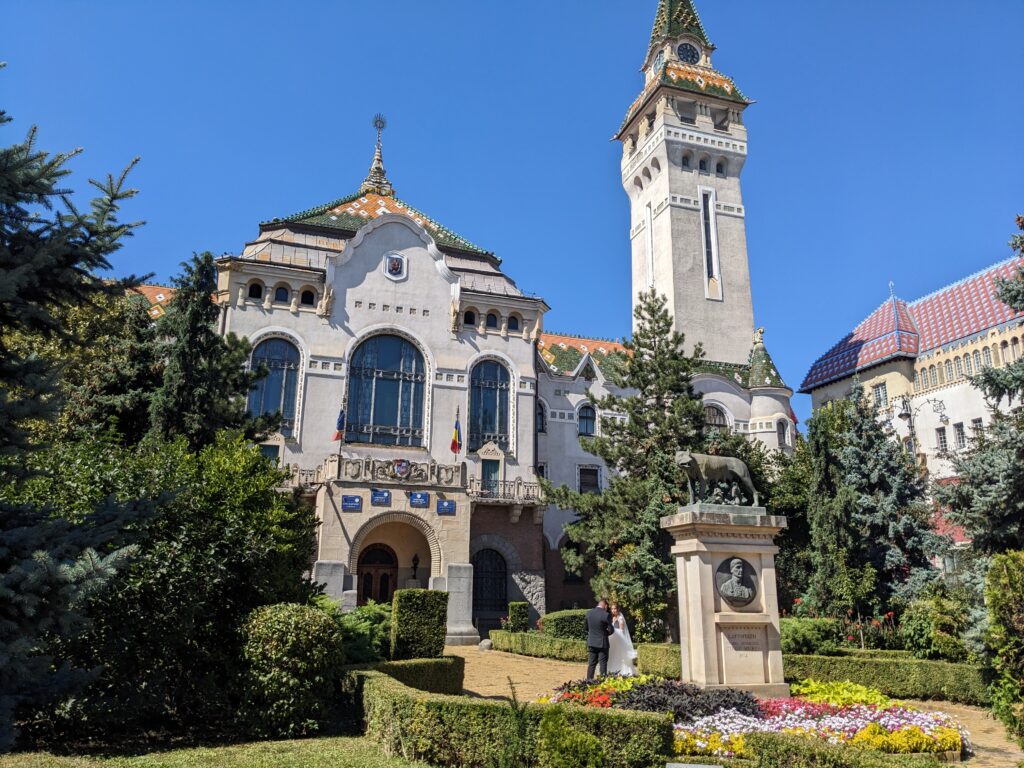
We camped the night at another farm campground south of the town of Sighisoara, as we’ve done the last three paid campgrounds in Romania, enjoying the beautiful surroundings and layback attitude. The next day we hit Sighisoara, a beautiful old town on the hill which is a protected UNESCO World Heritage site.
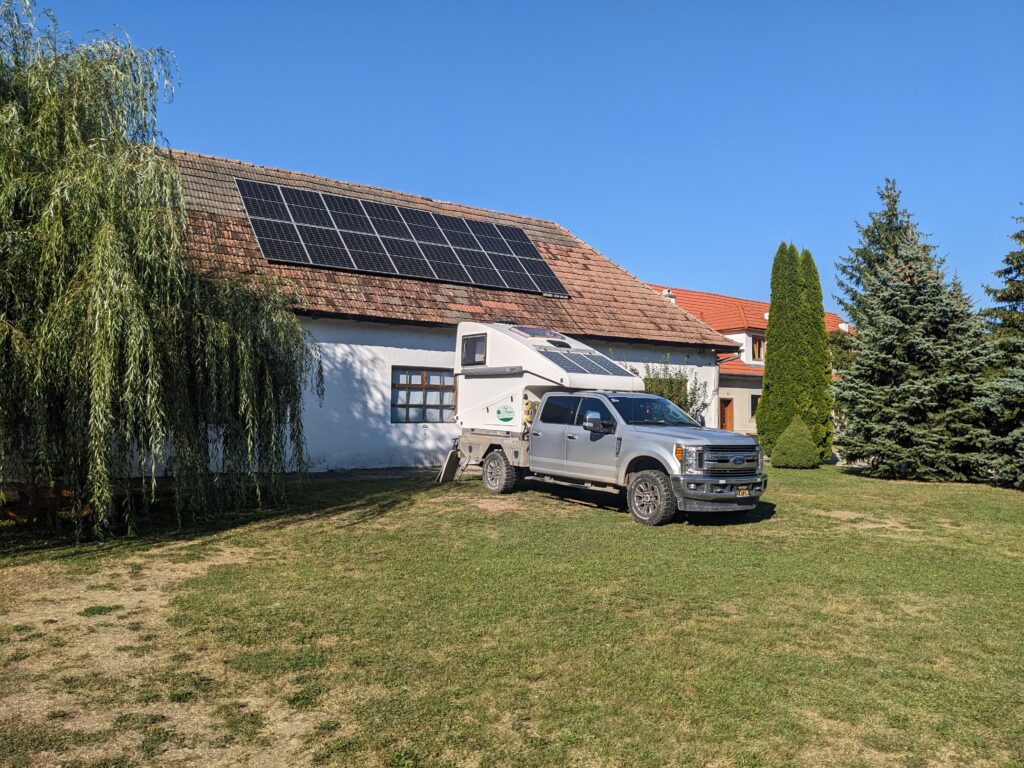
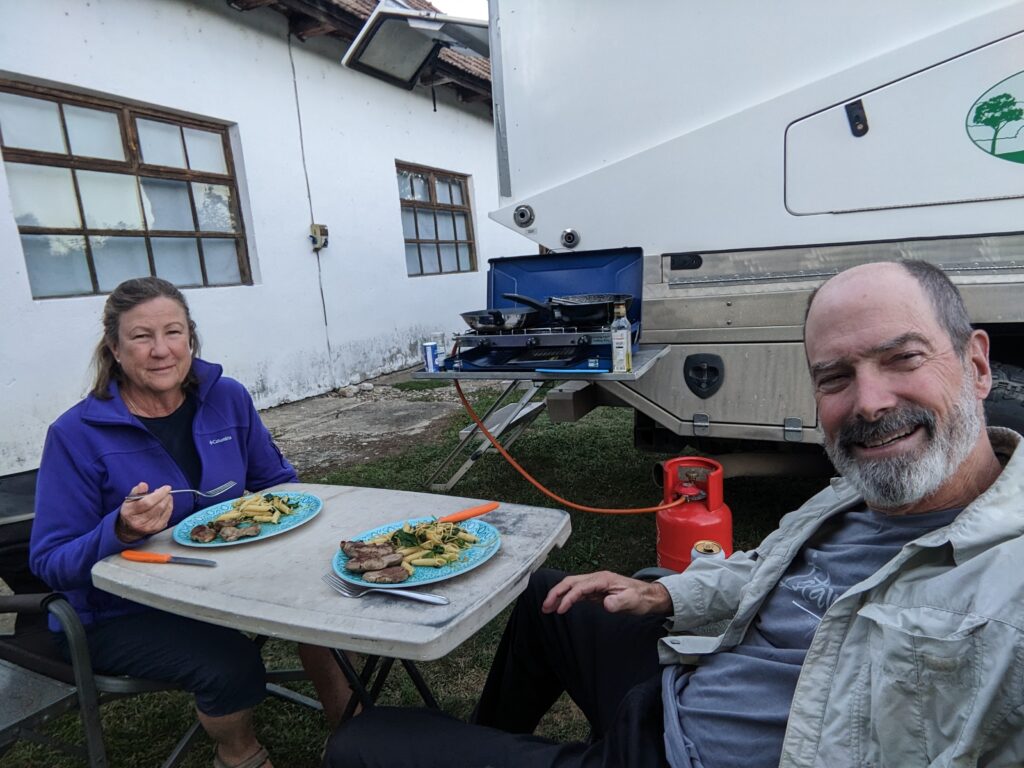
Known of it’s fortified walls and handsome towers, Sighisoara still feels medieval even if it’s been preserved for visitors and commercial gain. We walked some of the walls, went in a couple of the towers, sampled local taste treats and fell in love with Sighisoara.
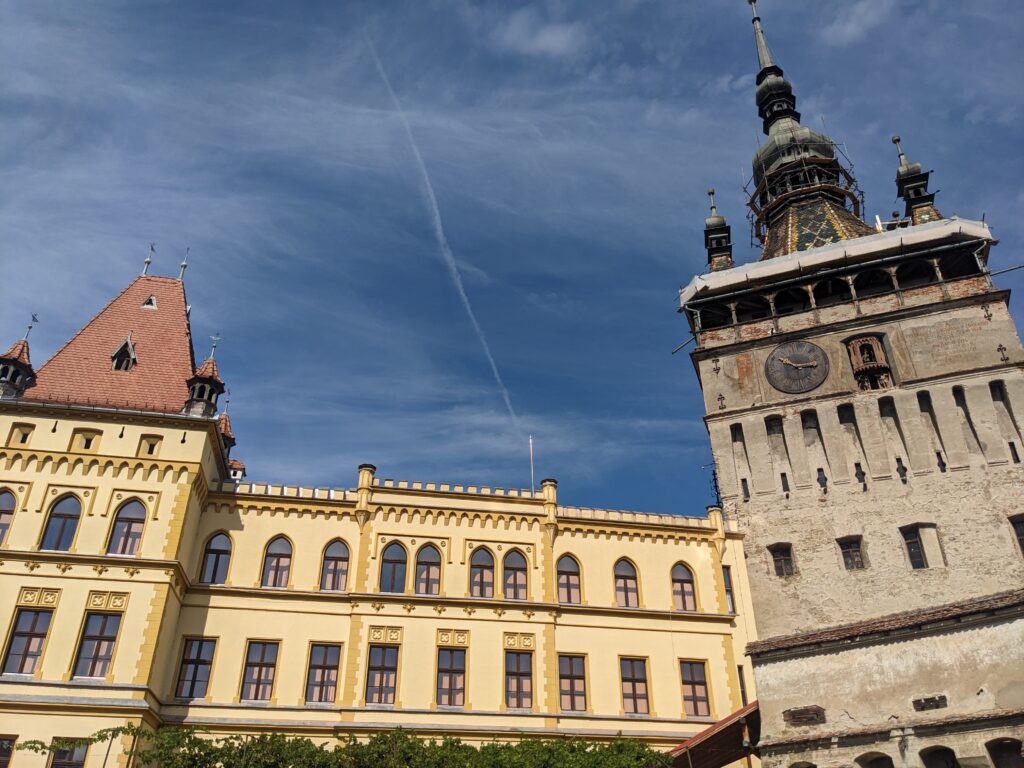
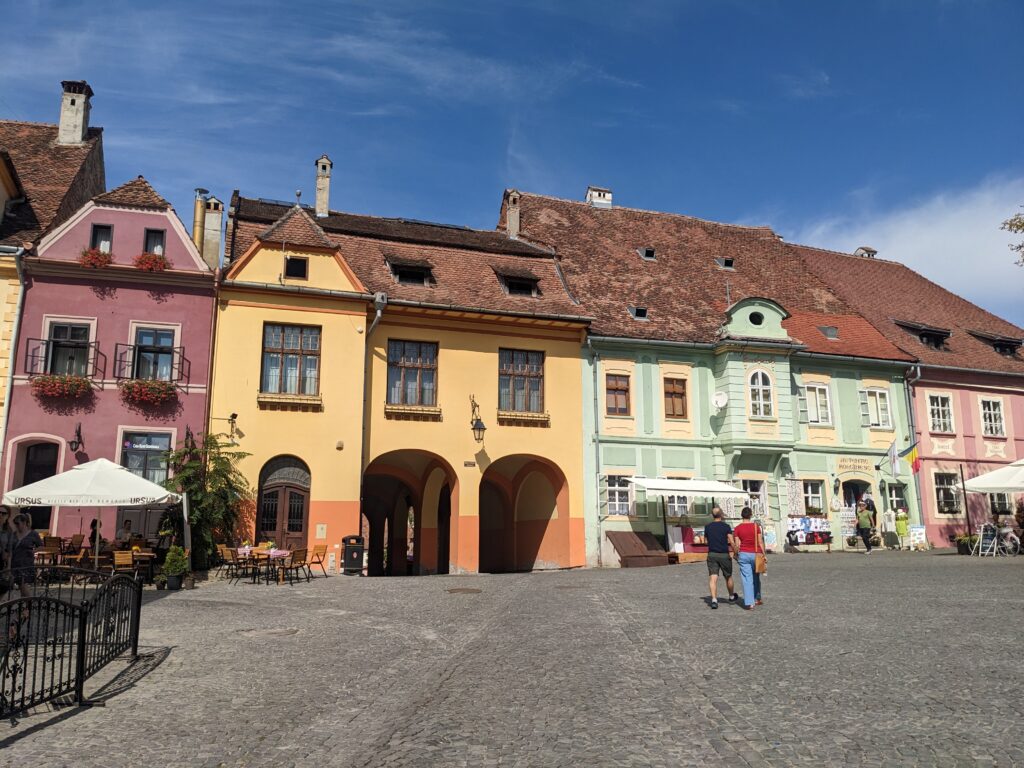
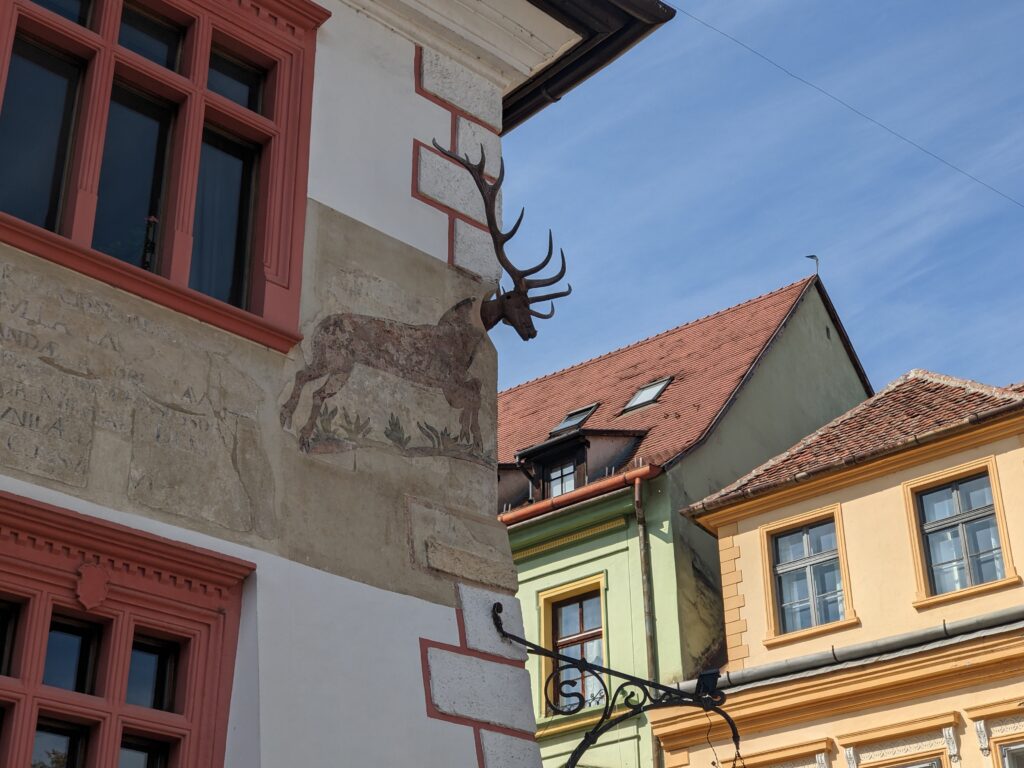
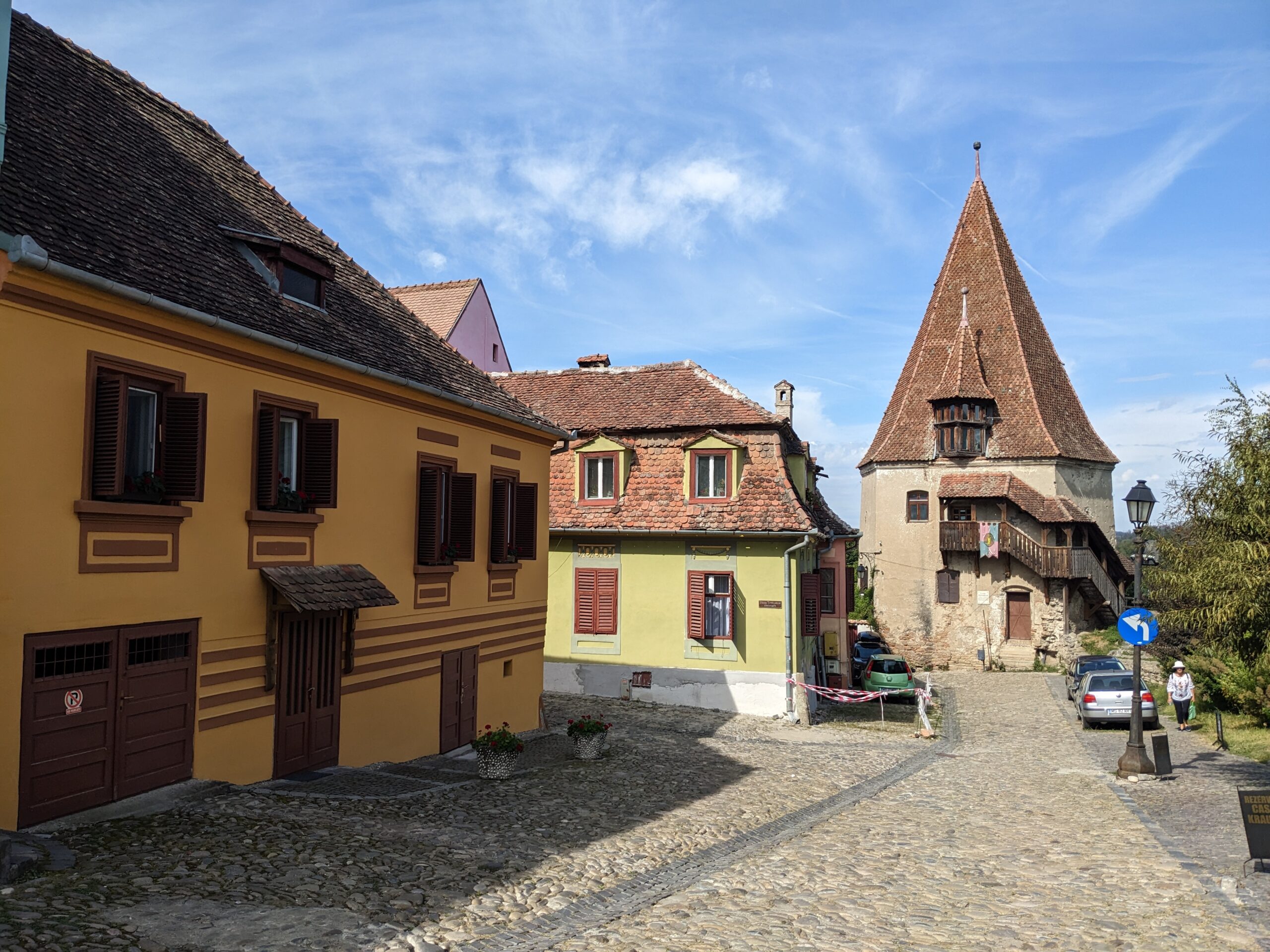
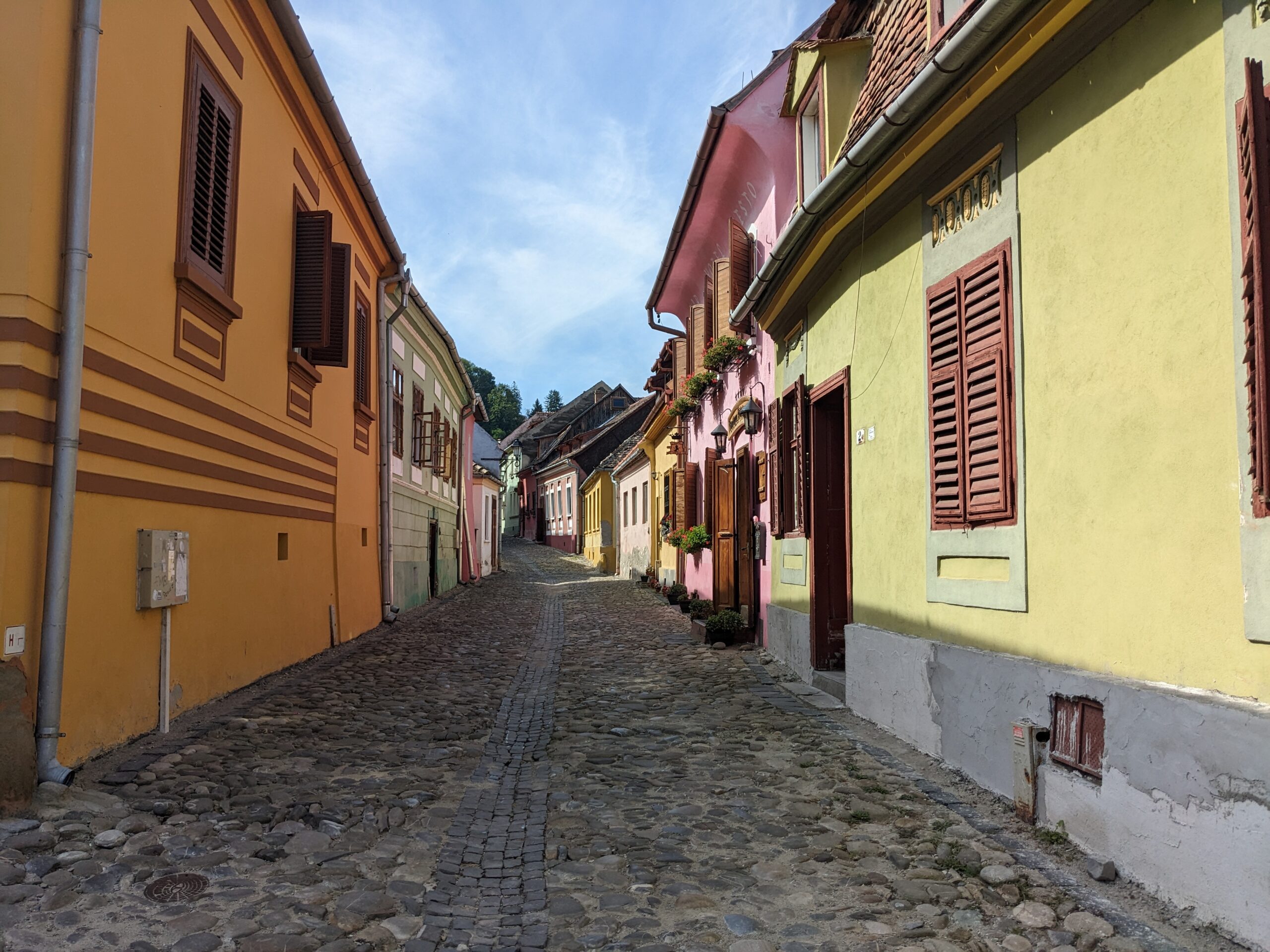
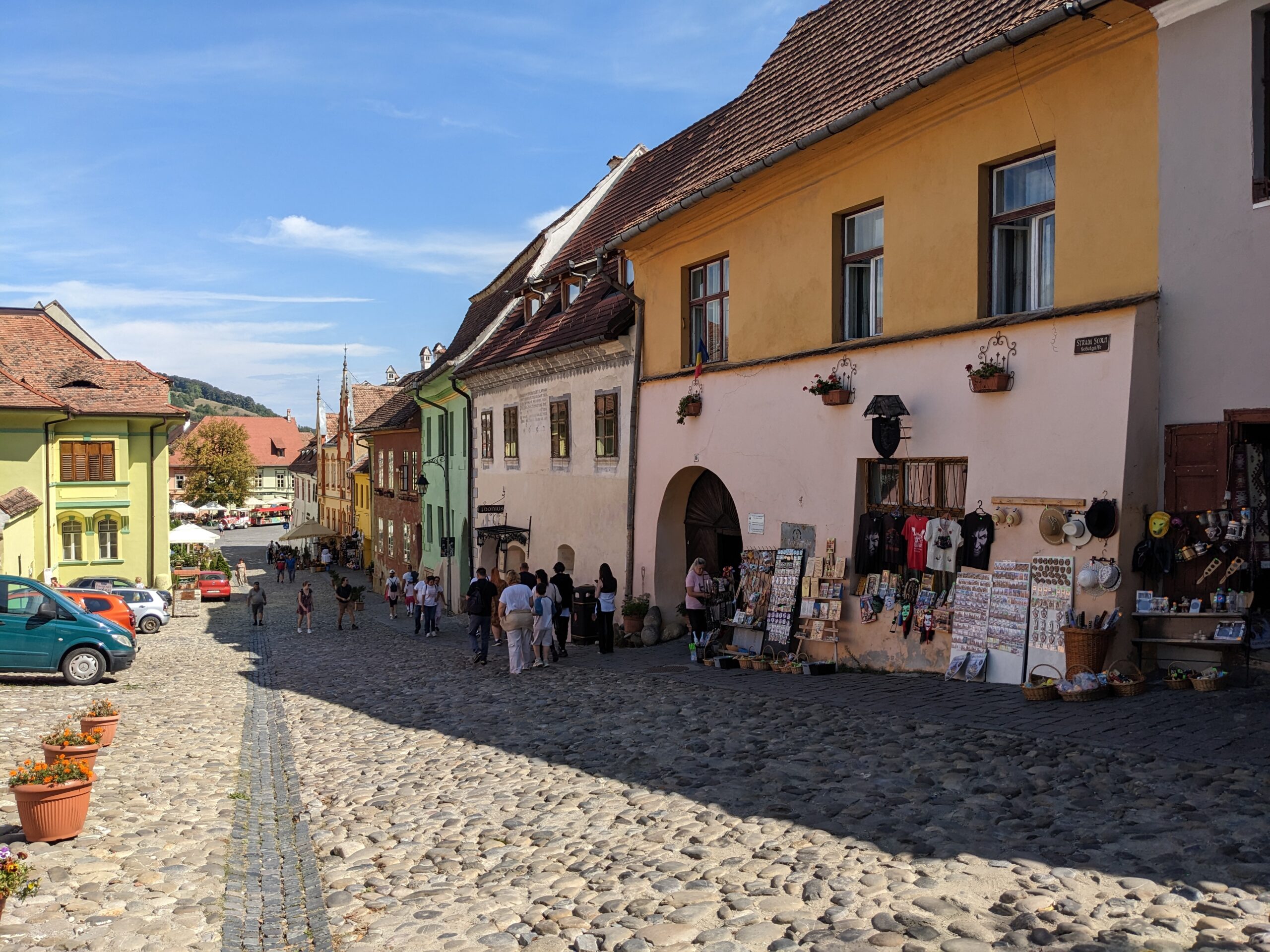
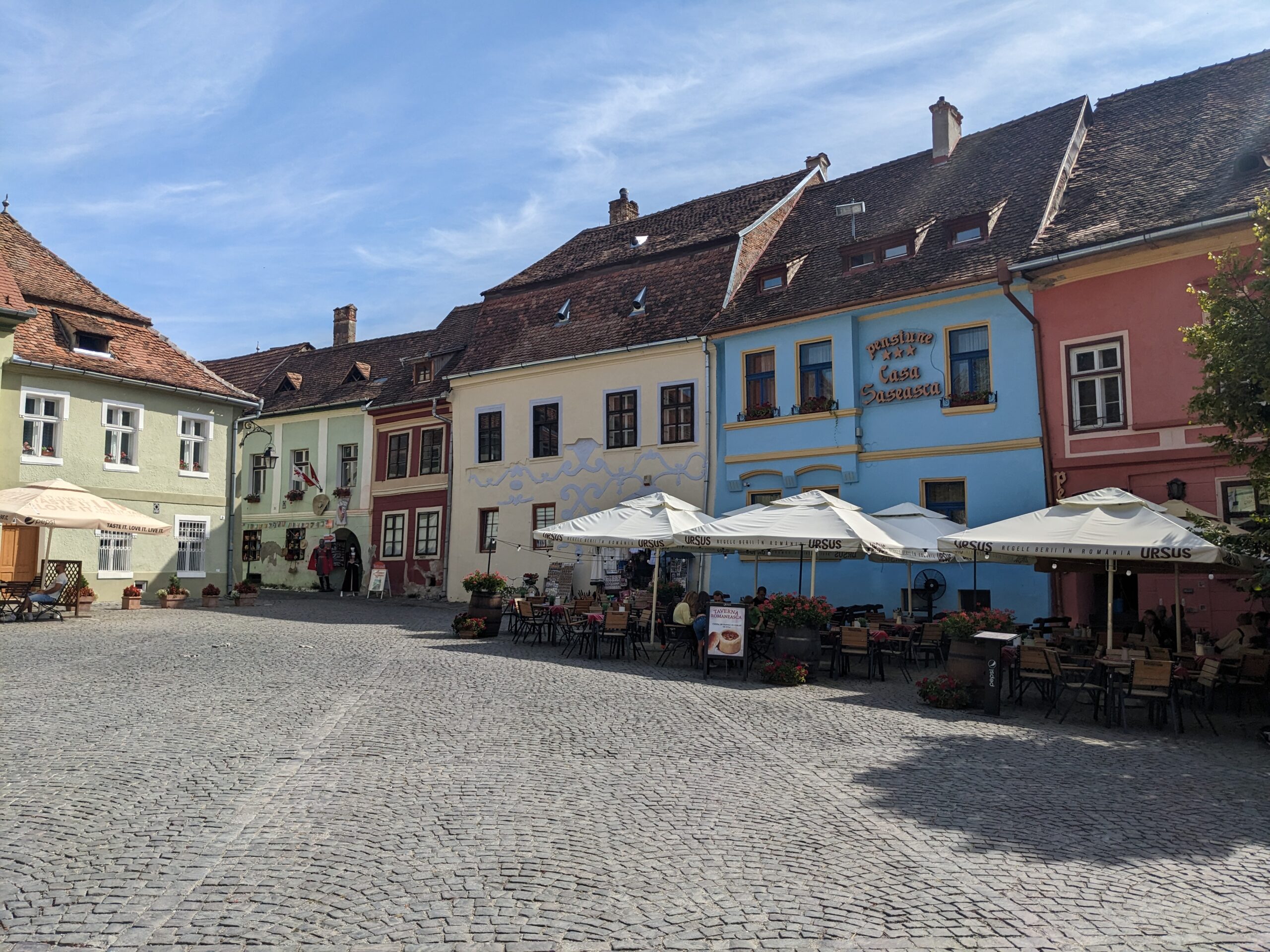
And as a special fun fact: Vlad Tepes Draculea was born here in 1431 and lived the first four years of his life inside the city walls. But it turns out young Vlad had bigger plans and grew up to be known as Vlad the Impaler who evolved in literature as Count Dracula, biter of necks and sucker of blood.
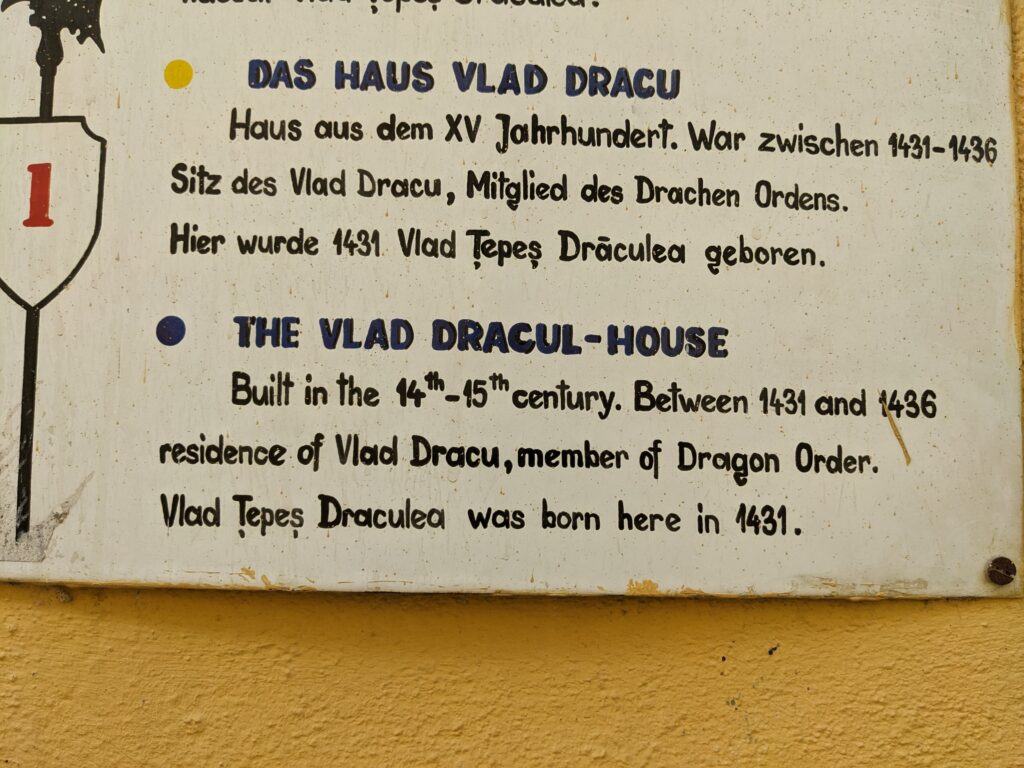
From Sighisoara we drove through more quaint little villages with their old homes lining the street sporting fabulous unique features to the town of Biertan which features another new concept for us – a fortified church.
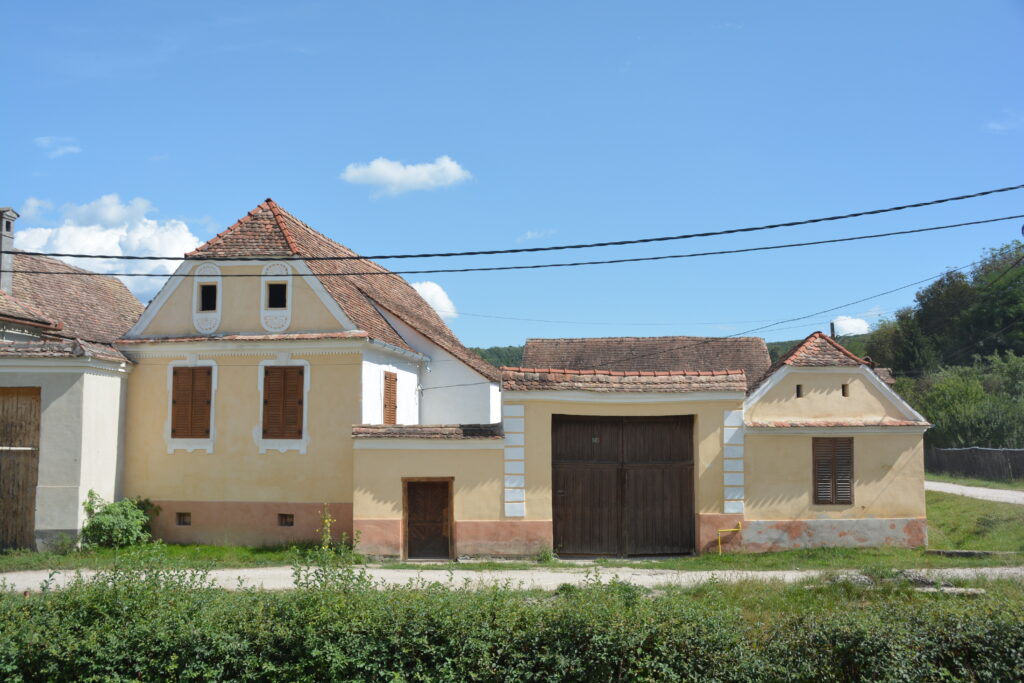
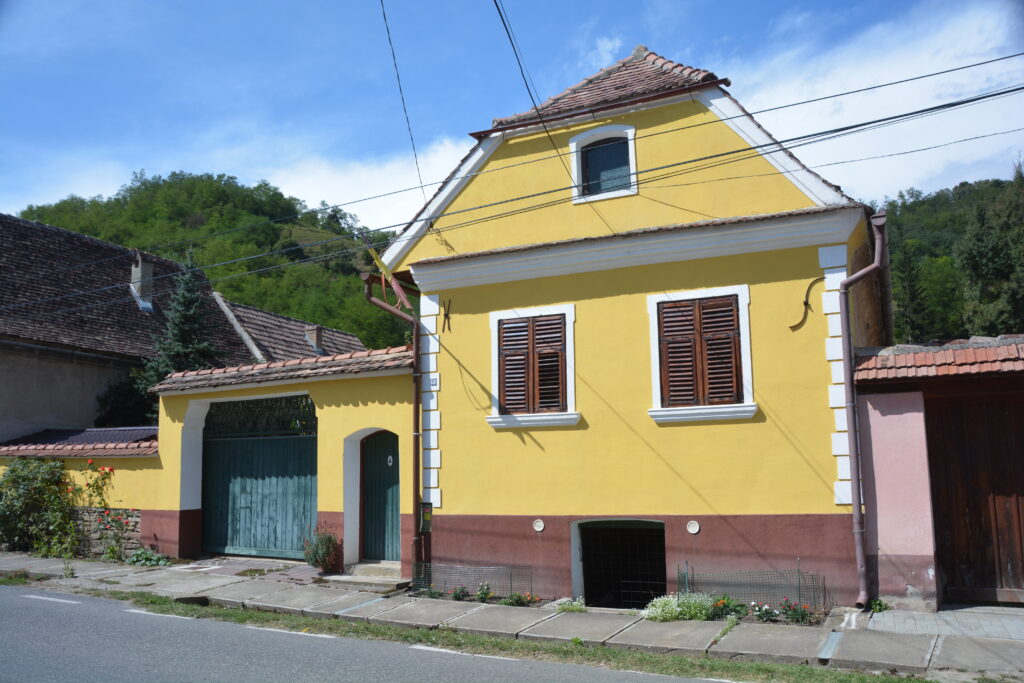
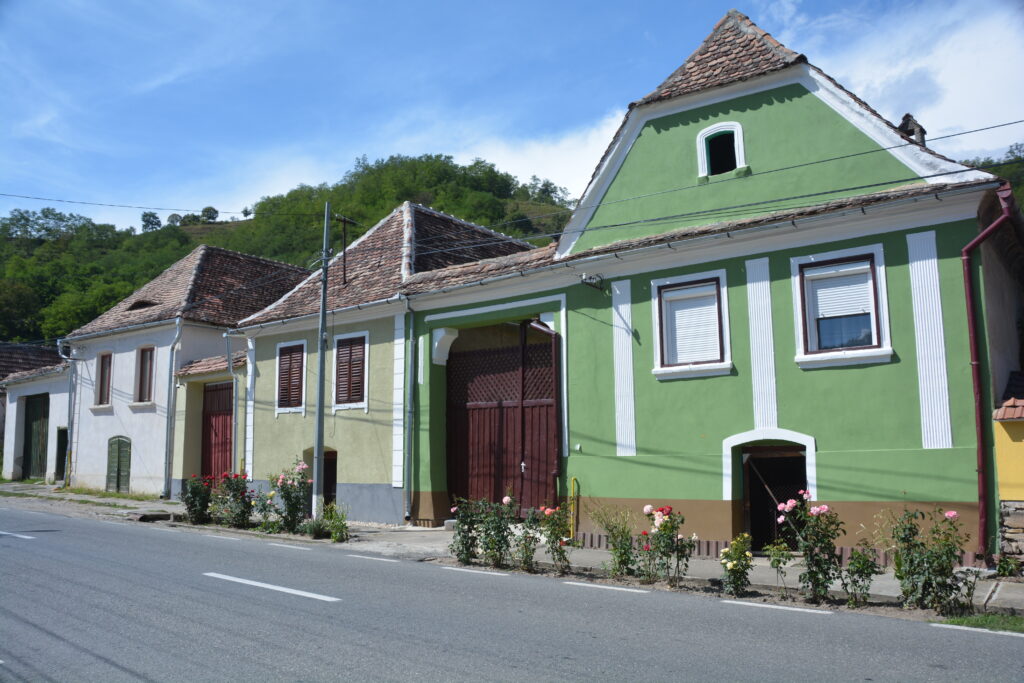
A fortified church is exactly as it sounds – a church, usually on a hill, which is protected against attackers by a wall (or walls) and a number of towers and parapets. And Biertan was a perfect example of a fortified church, another UNESCO World Heritage listing, and we had great fun walking around the church and admiring the towers.
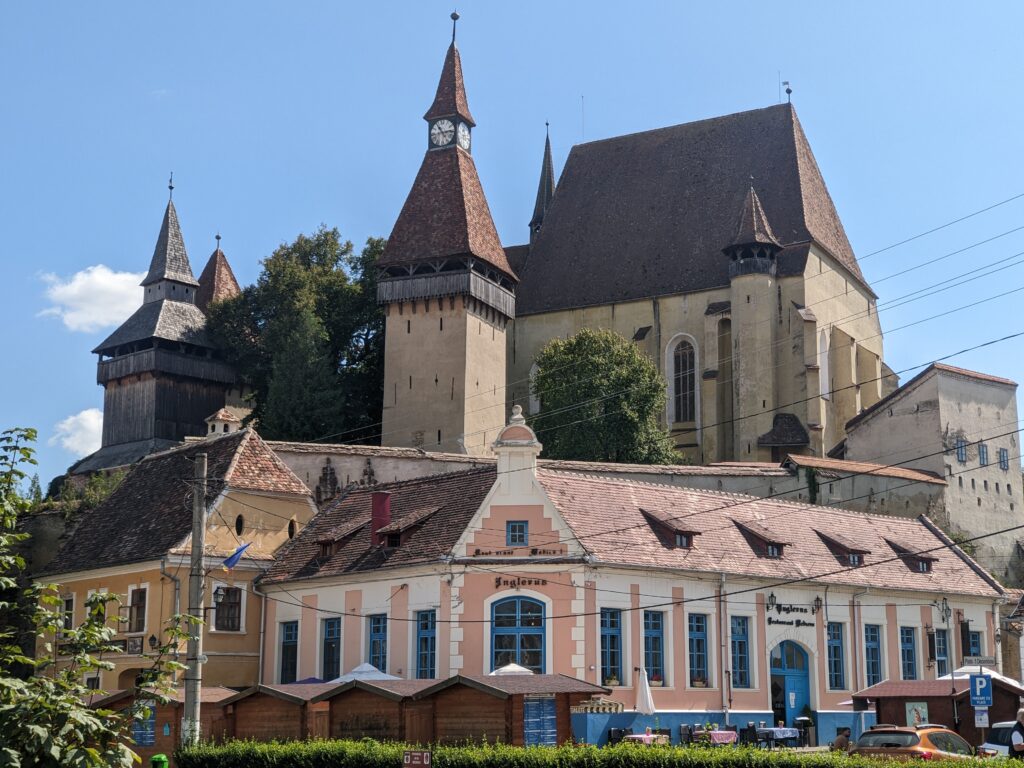
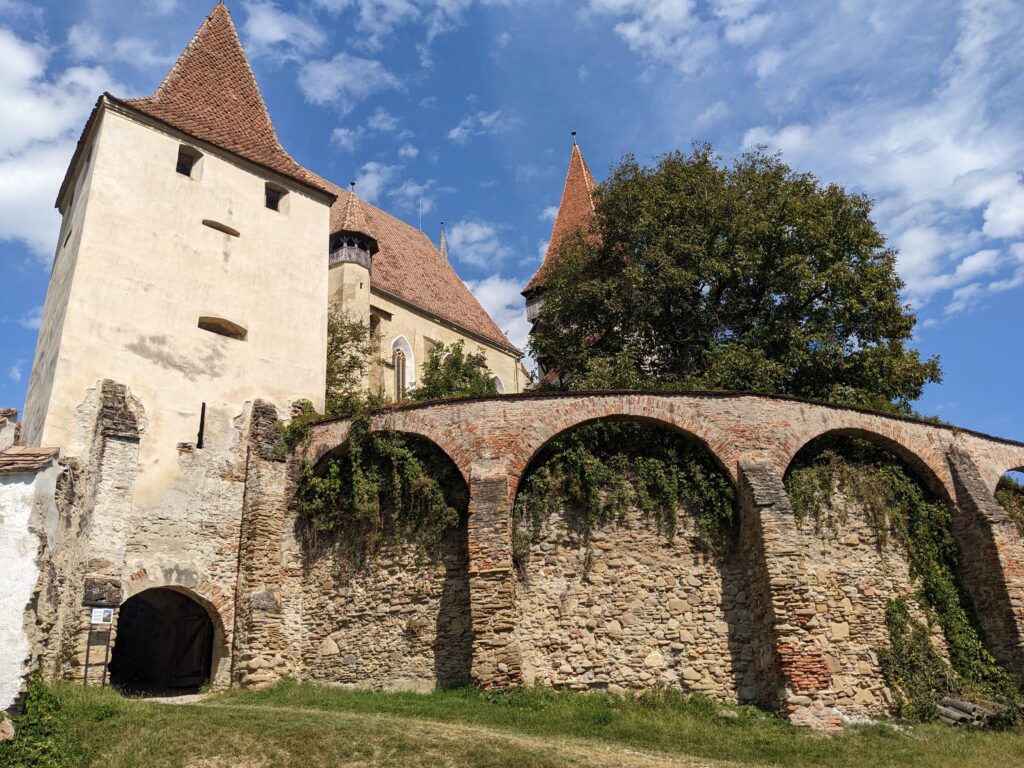
By late afternoon we made the town of Sibiu as threatening clouds and high winds swirled around us. Sibiu is a standout attraction for visitors to Romania with it’s old town featuring Saxon architecture and a fabulous atmosphere of what life might have been like in the middle ages.
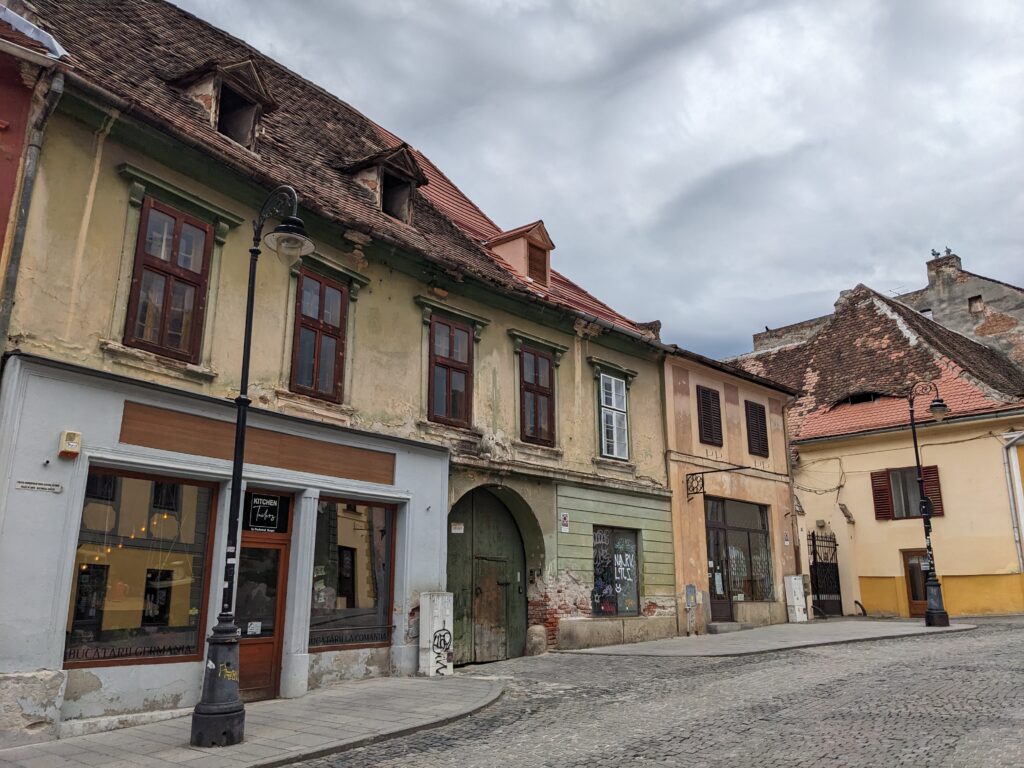
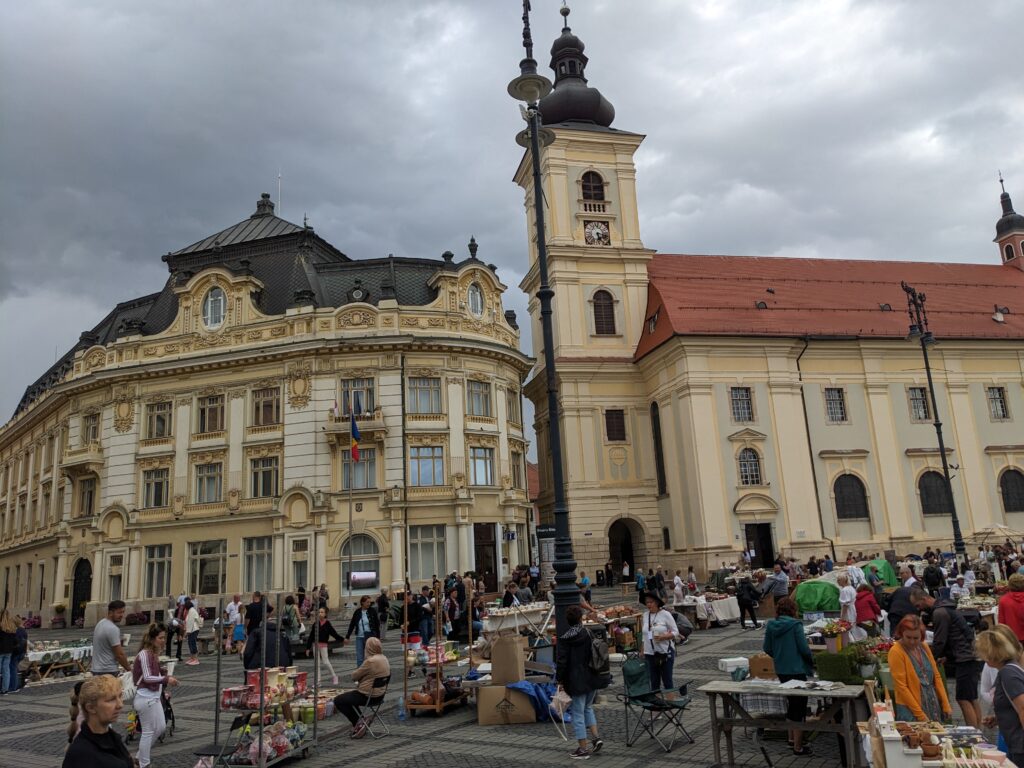
The Saxons came from Germany in the 12th century and had their own style of buildings which live on to this day in Sibiu. We walked the streets, through the open markets, explored the open plazas and took in the great atmosphere of this town before it started to rain and we scampered back to Tramp.
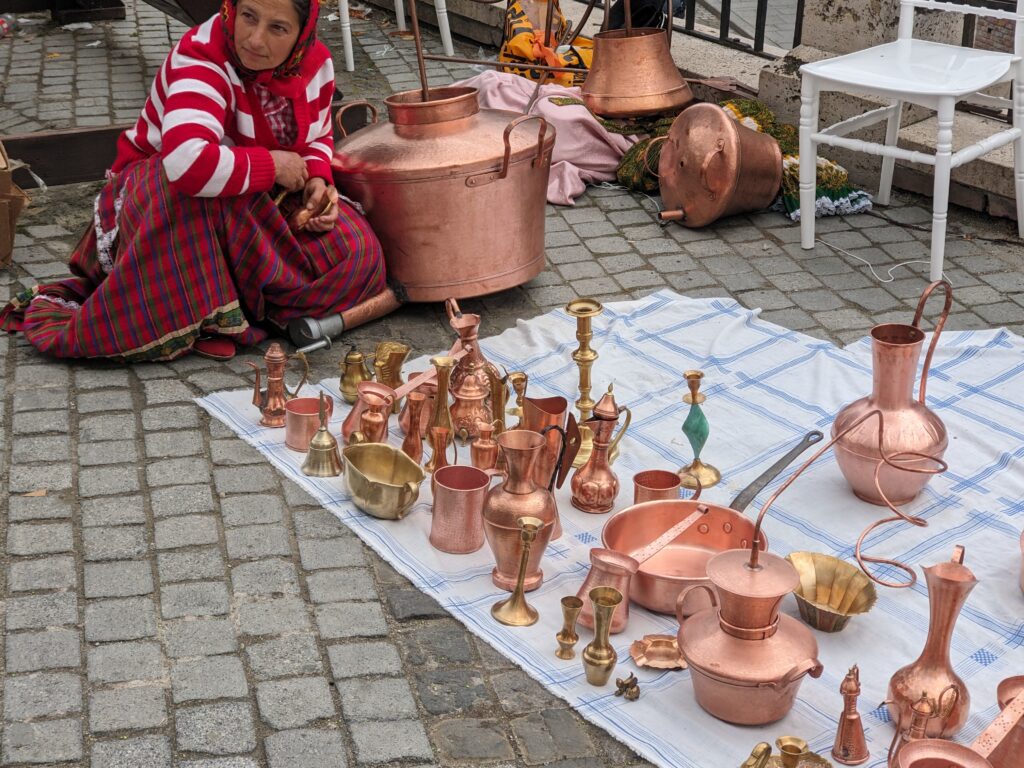
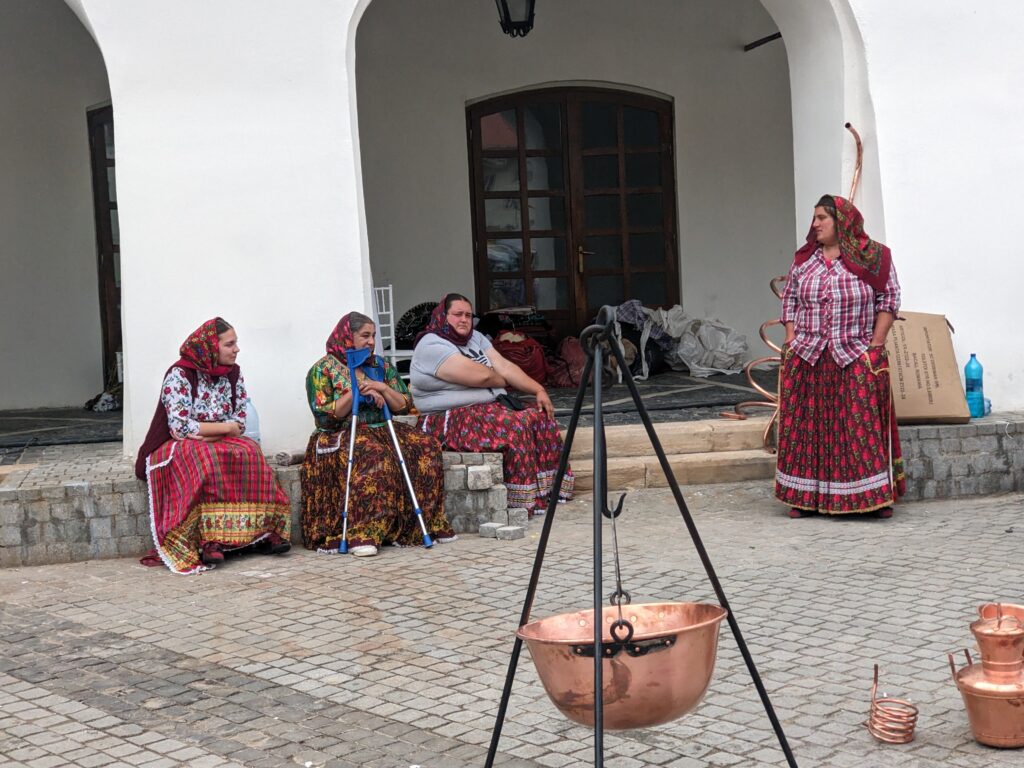
Unfortunately we didn’t get to give Sibiu it’s full due because of time and weather constraints but managed to find a place to camp nearby in an open paddock near a forest park. It had been a busy full-on cultural day.
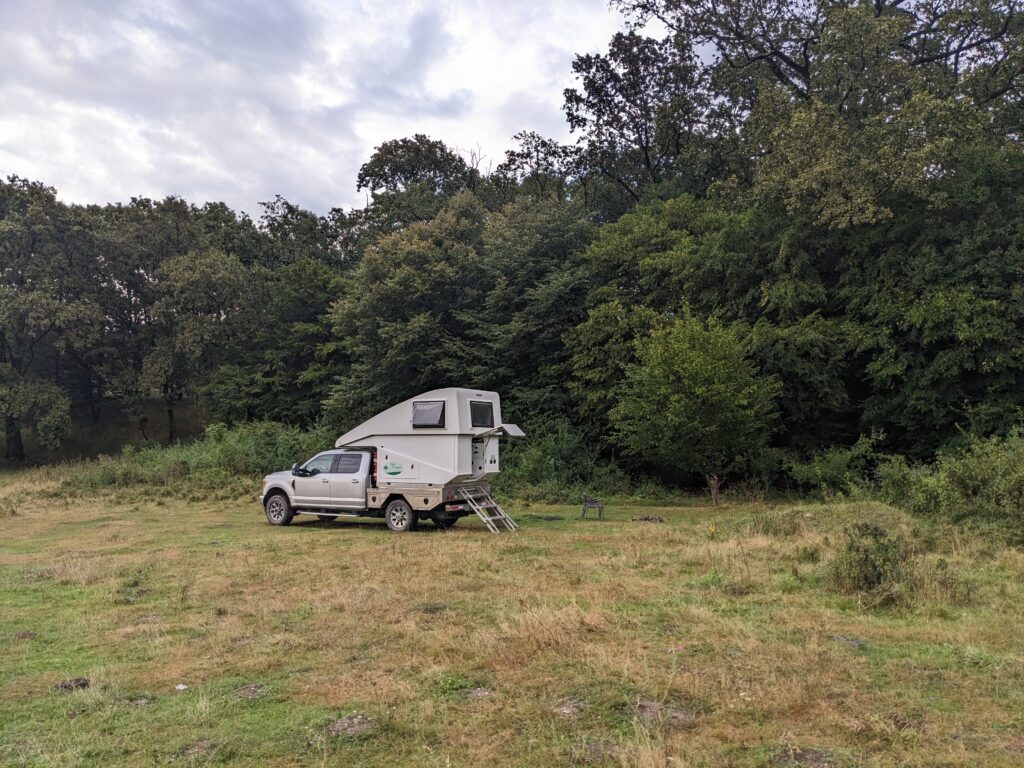
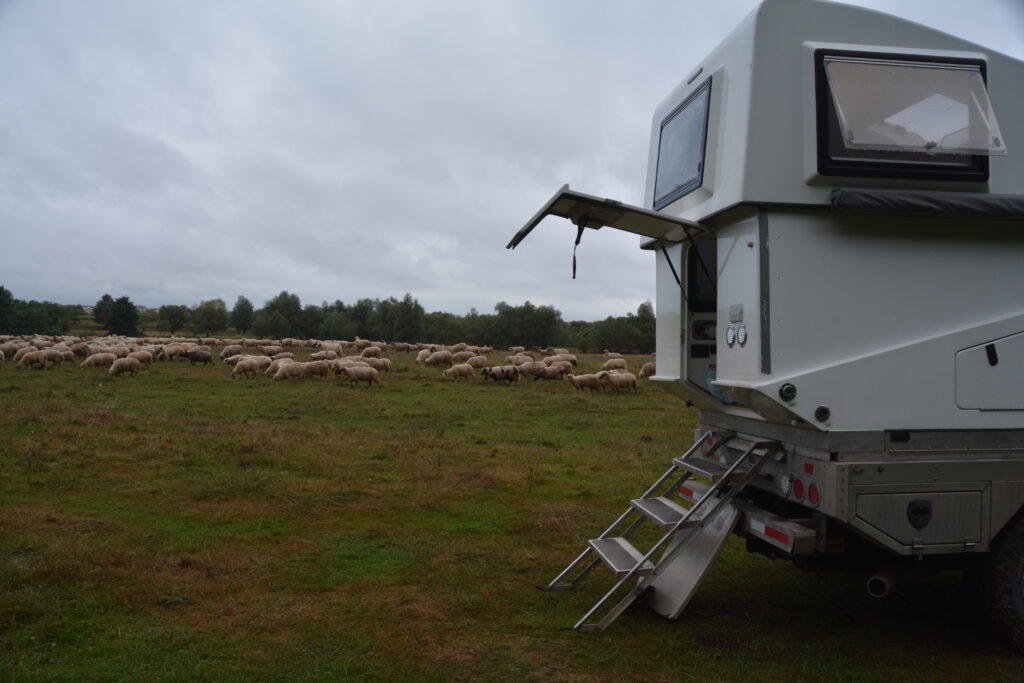
If you’re into driving, and as it happens, we are, the top bucket list item in Romania is the Transfăgărășan Road. Rated by British TV show Top Gear as the best road in the world, the Transfăgărășan Road was ordered to be built by Nicolae Ceausescu during his oppressive dictatorship in the early 1970’s as a strategic defensive military road. It travels through some of the most spectacular scenery in the country, high jagged mountains, steep canyon walls, waterfalls cascading down at every turn. The road has countless tight switchbacks, some of them carved into the near vertical hillsides and provides spectacular views if the weather is clear.
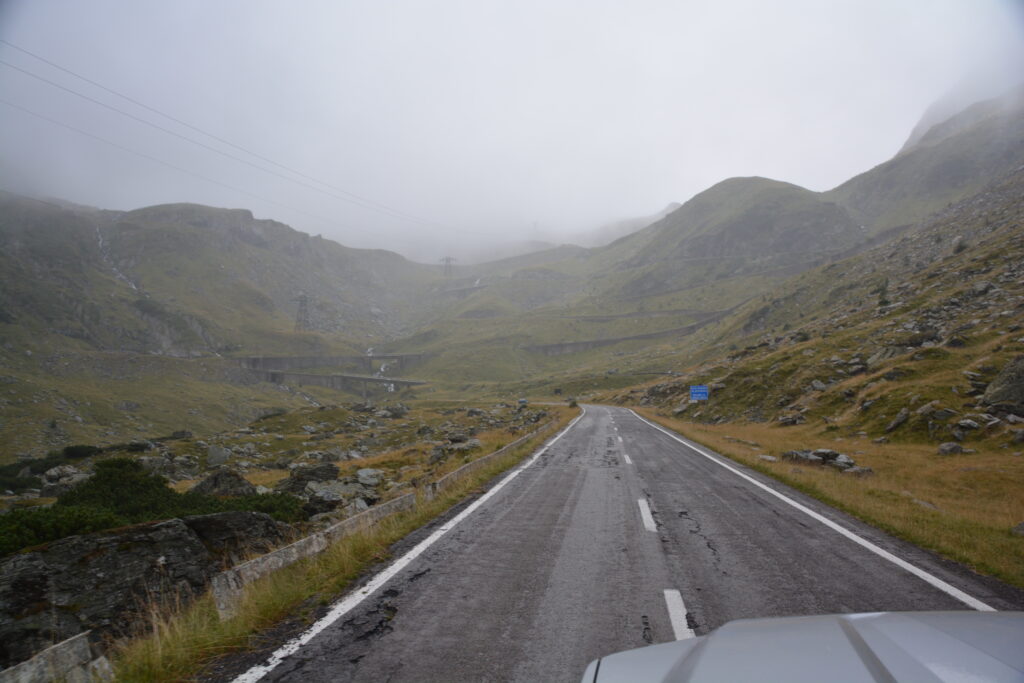
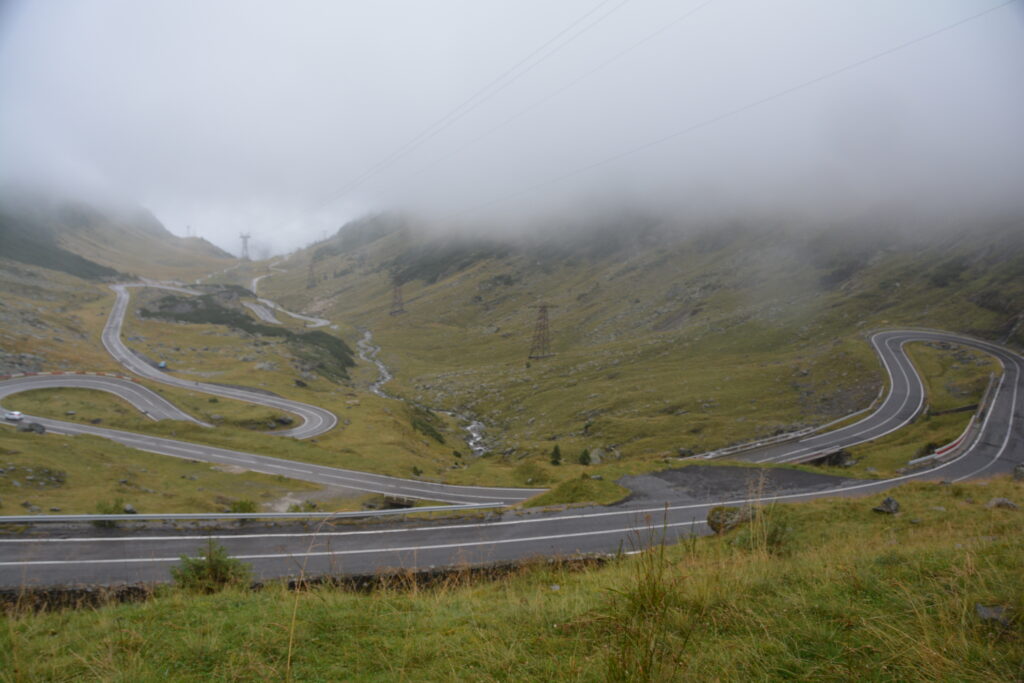
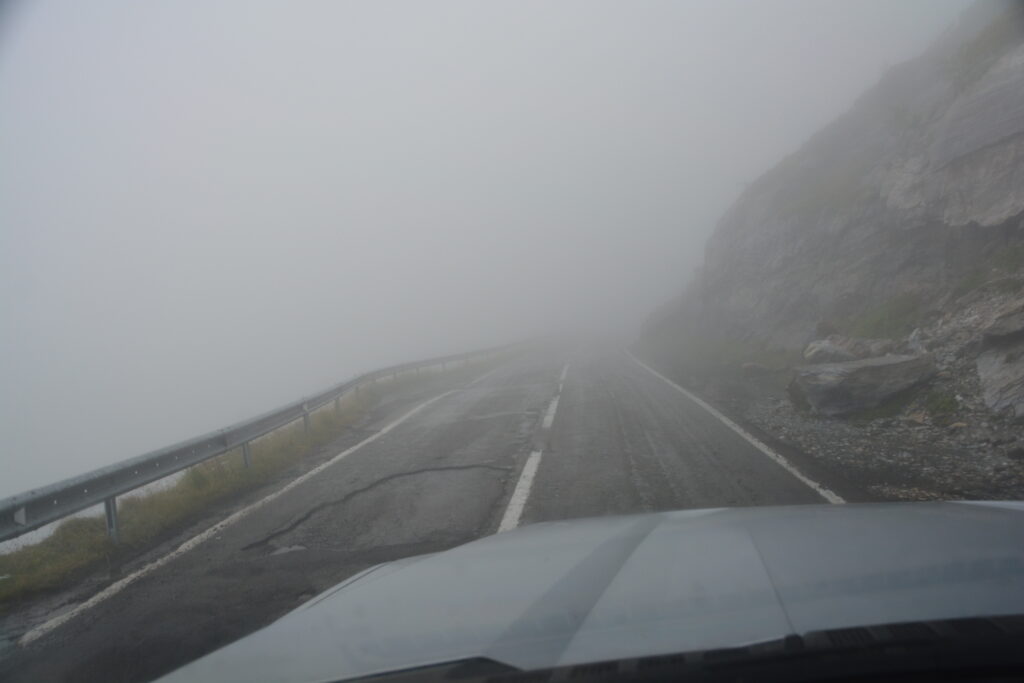
Which it wasn’t on the morning we attacked this famous road. Through rain, clouds and fog we weaved our way up the mountain, stopping at the pass for a delicious barbequed sausage and views of Balea Lac before descending in slightly better weather to the other side. This was a drive never to be forgotten.
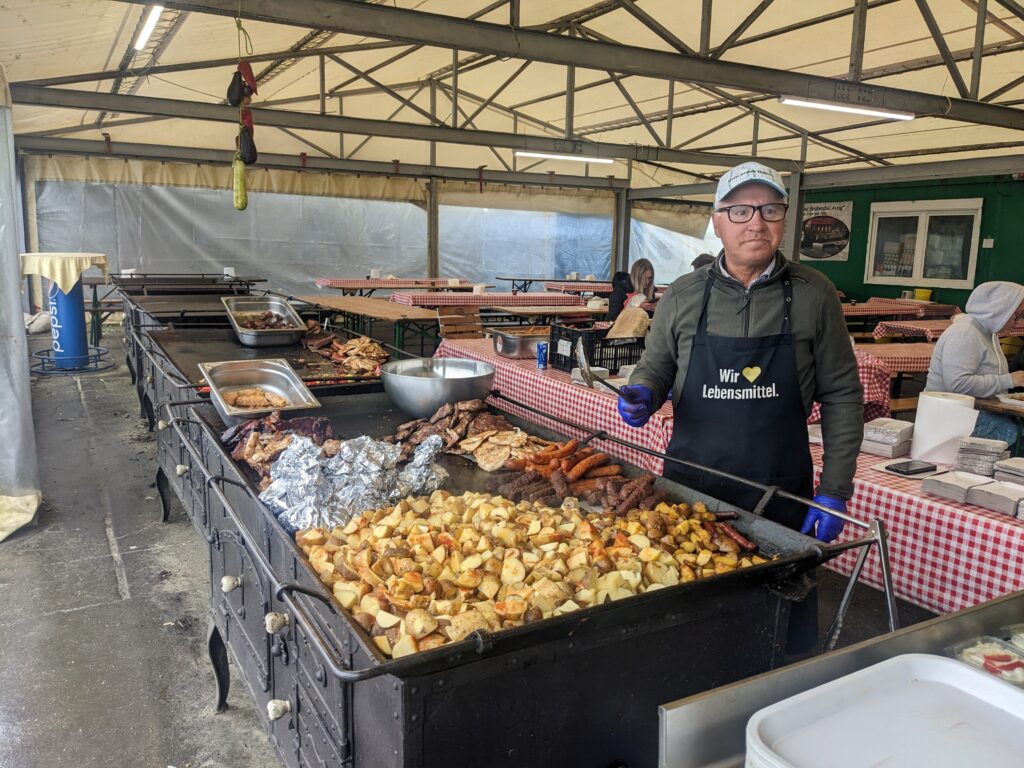
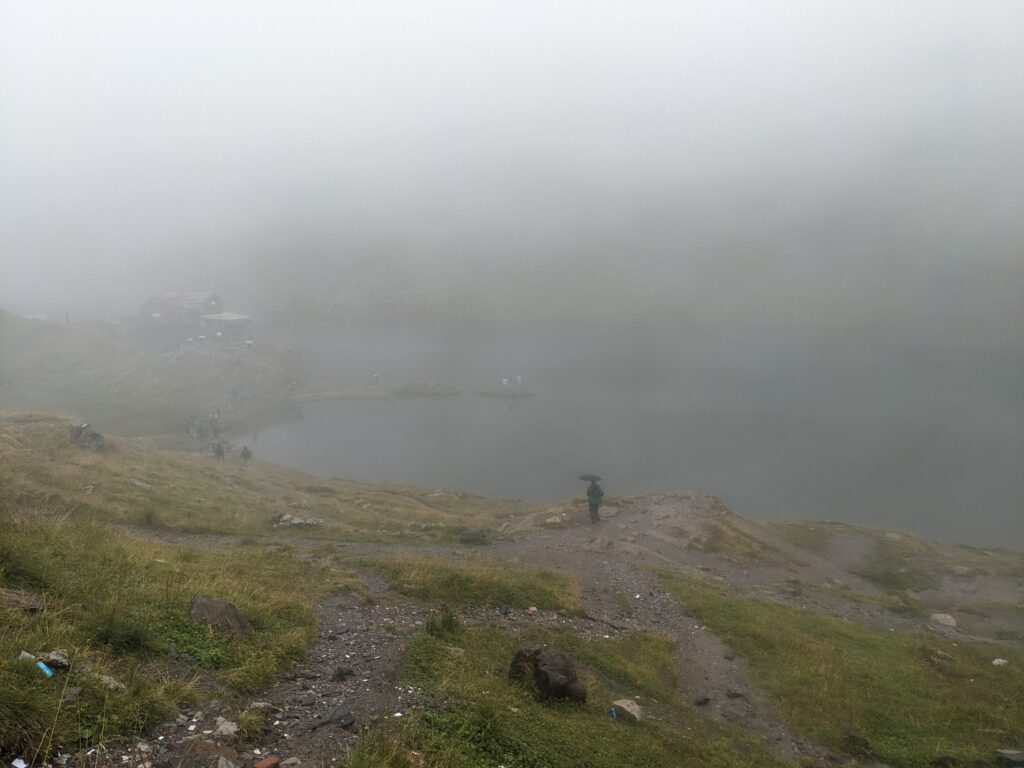
And as a special kicker, we saw bears. Romania has somewhere between 6,000 and 8,000 brown bears, mainly in these Carpathian Mountains, and they have learned that if they come to the side of the road some passing travellers will stop and feed them. And that’s how we saw these so-called ‘begging bears’ on the side of the road, stopping traffic, causing a bit of a danger to themselves and the cars, a bit of a nuisance but also super cute. We saw six bears in total, including a mum and her two cubs, a very cool thing.
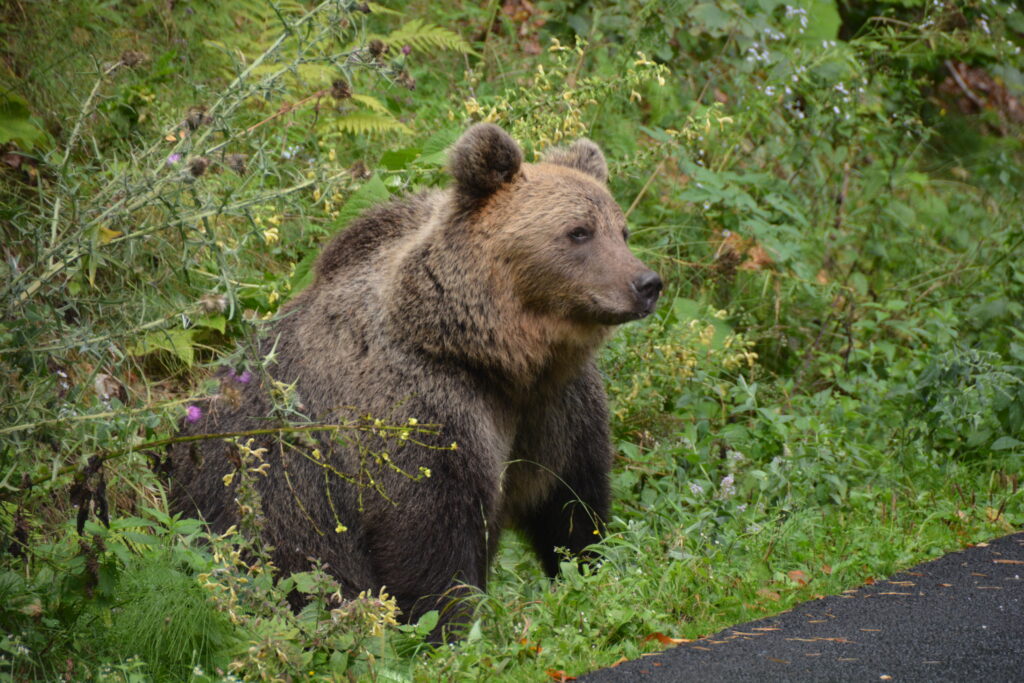
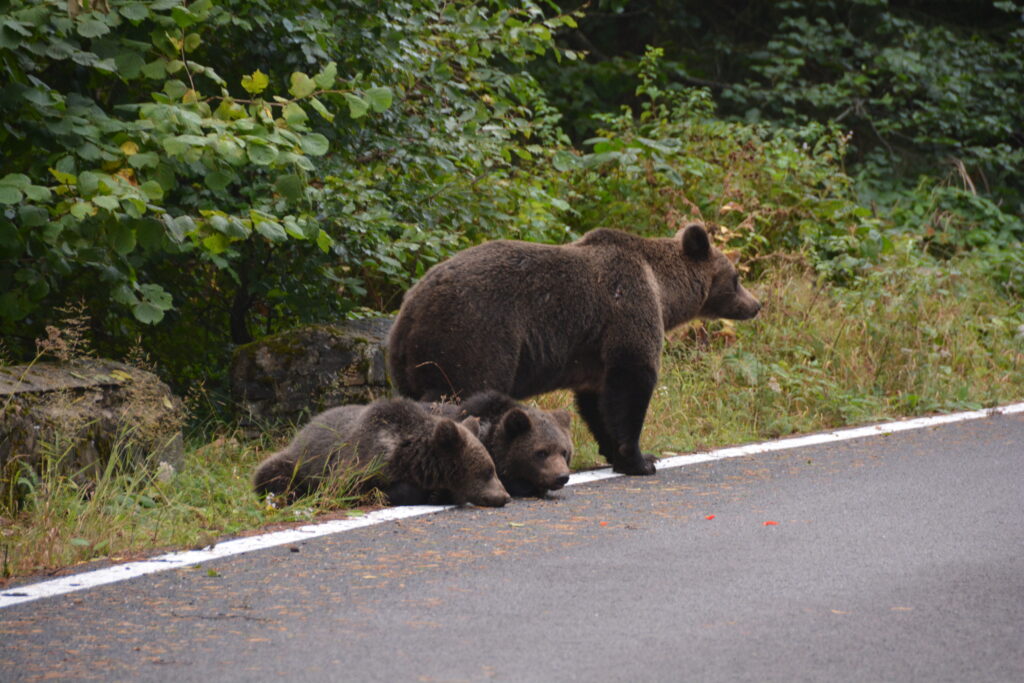
After checking out a very unique and attractive 16th century monastery in the town of Curtea de Arges we headed back into the mountains in search of Count Dracula or any other vampires that we might come across. We camped for the night with panoramic views of the valley below, a light mist falling, hoping for better luck the next day in our quest to find a vampire or at least visit his castle.
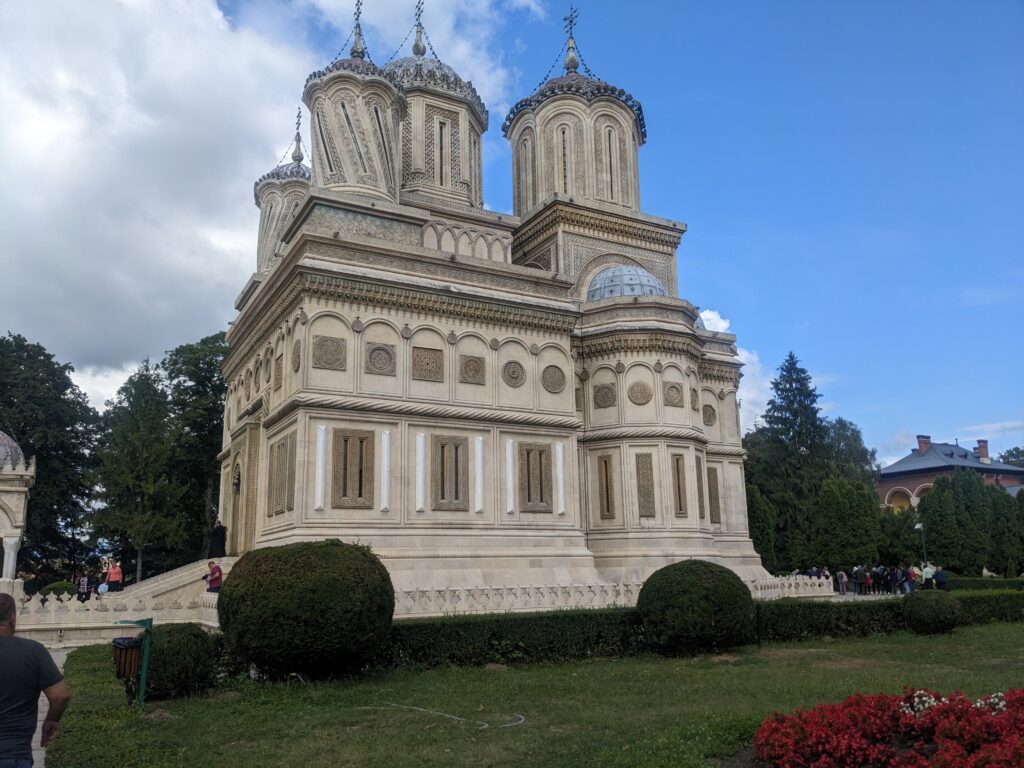
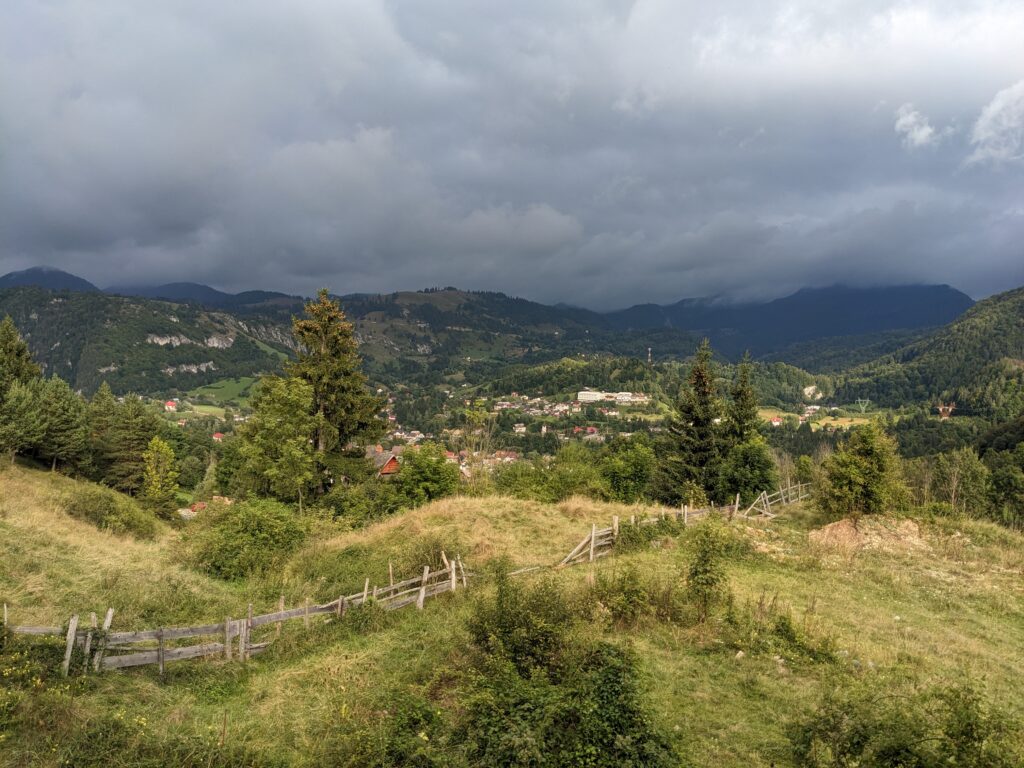
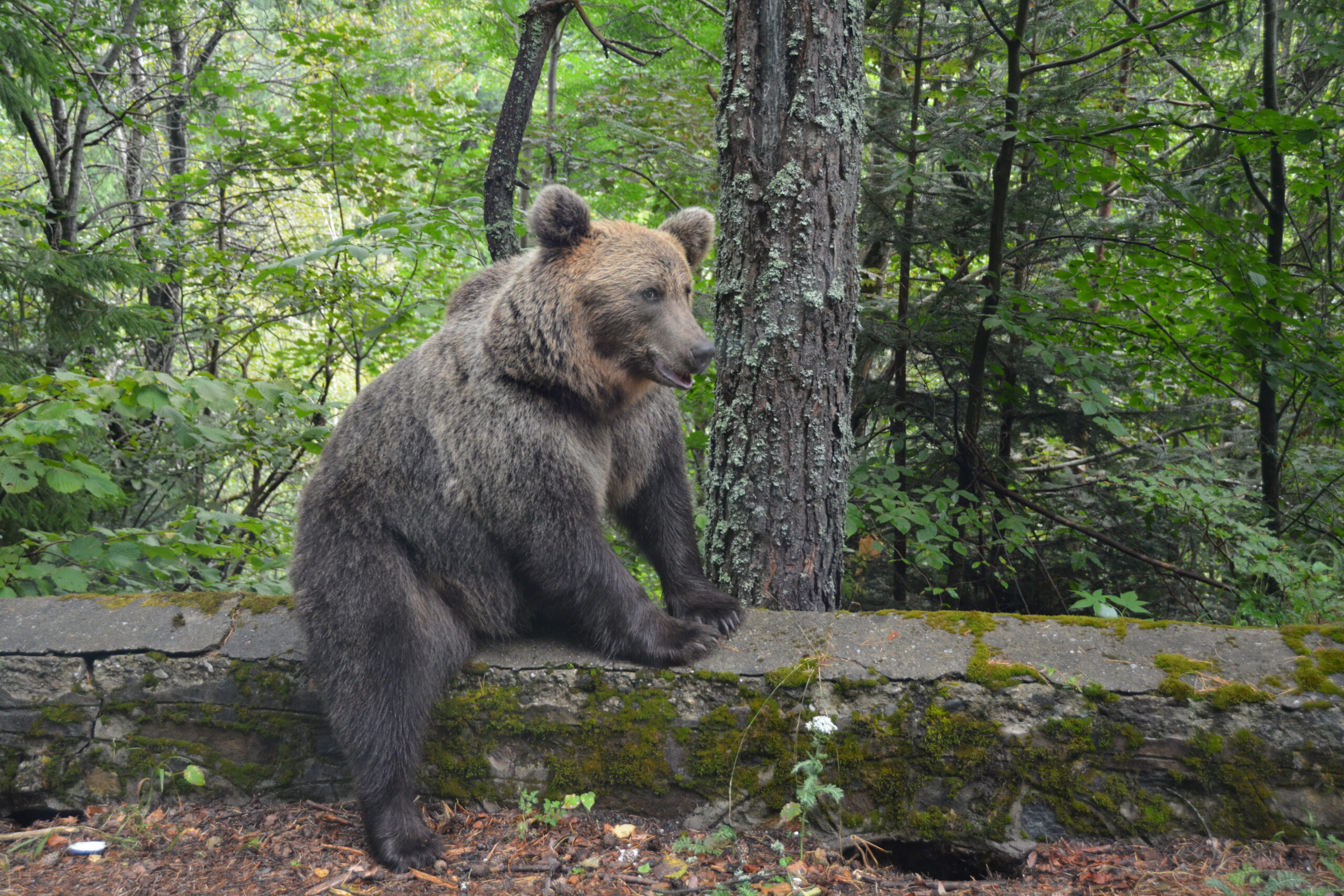
Comments
Transylvania — No Comments
HTML tags allowed in your comment: <a href="" title=""> <abbr title=""> <acronym title=""> <b> <blockquote cite=""> <cite> <code> <del datetime=""> <em> <i> <q cite=""> <s> <strike> <strong>